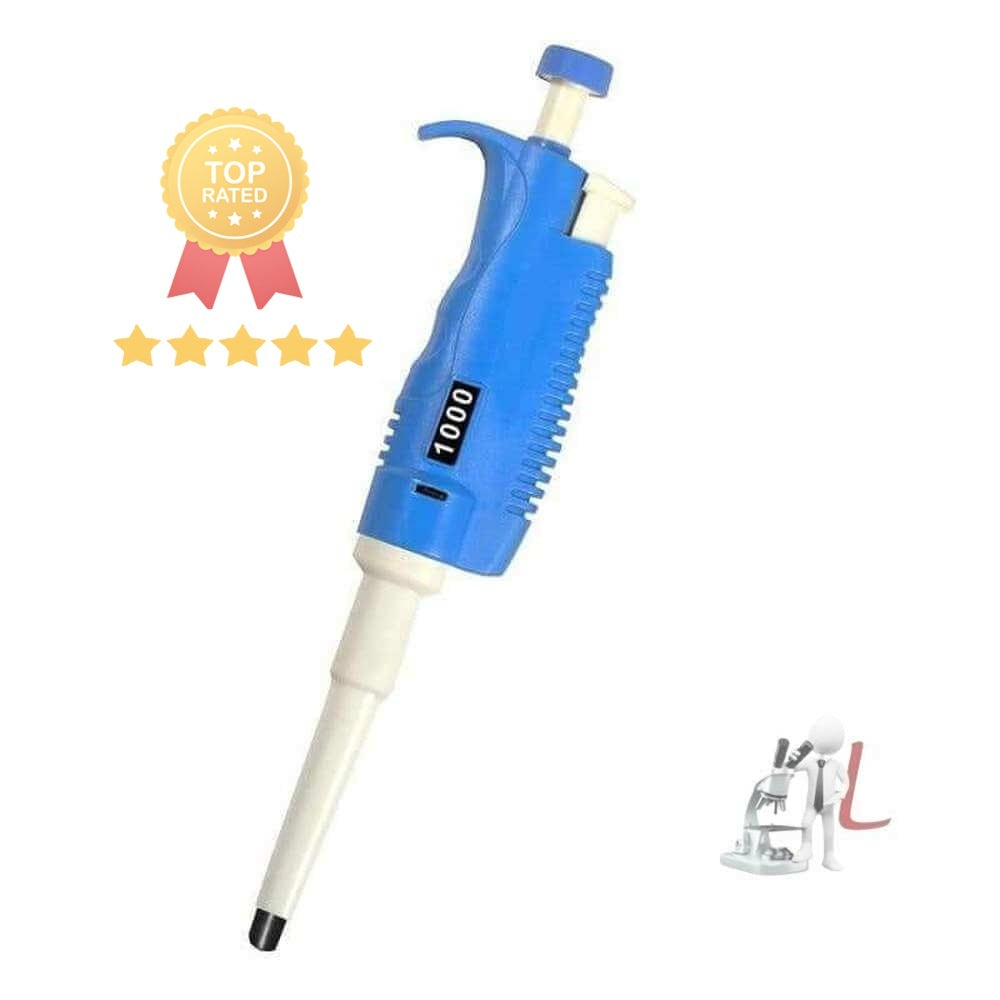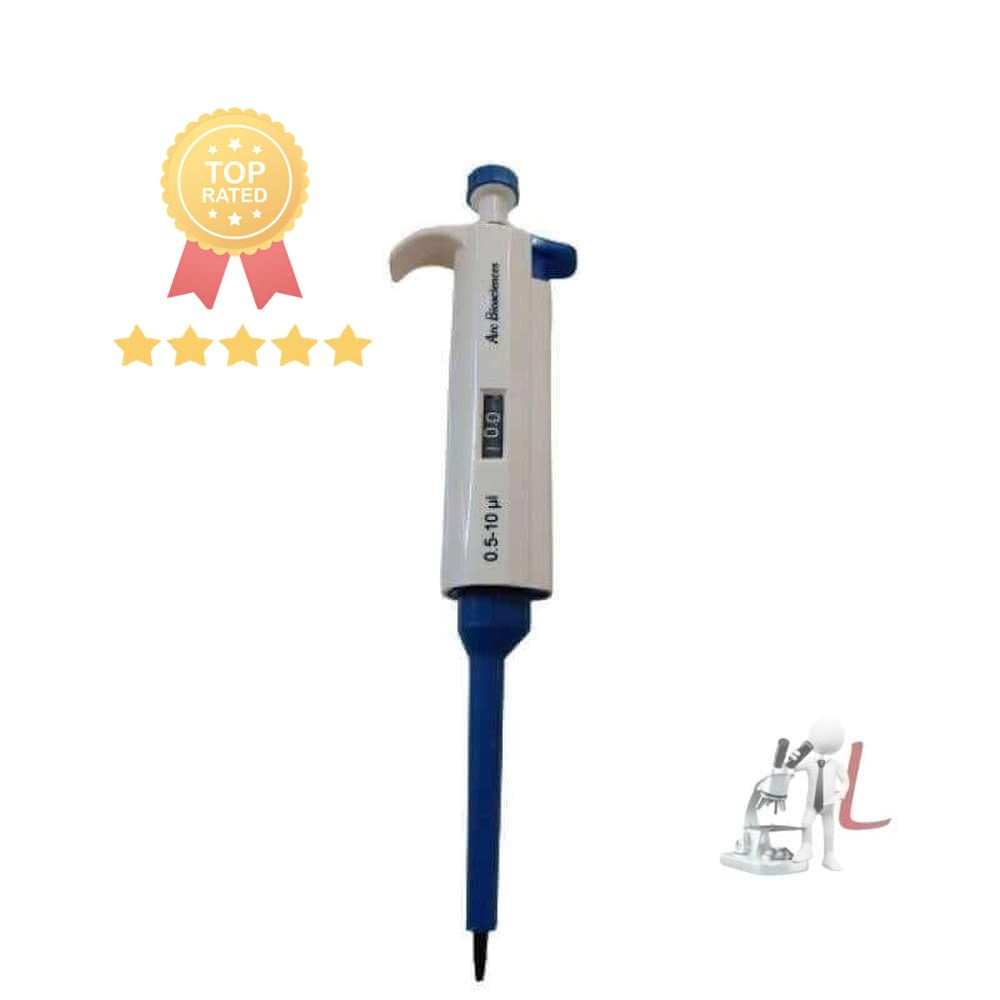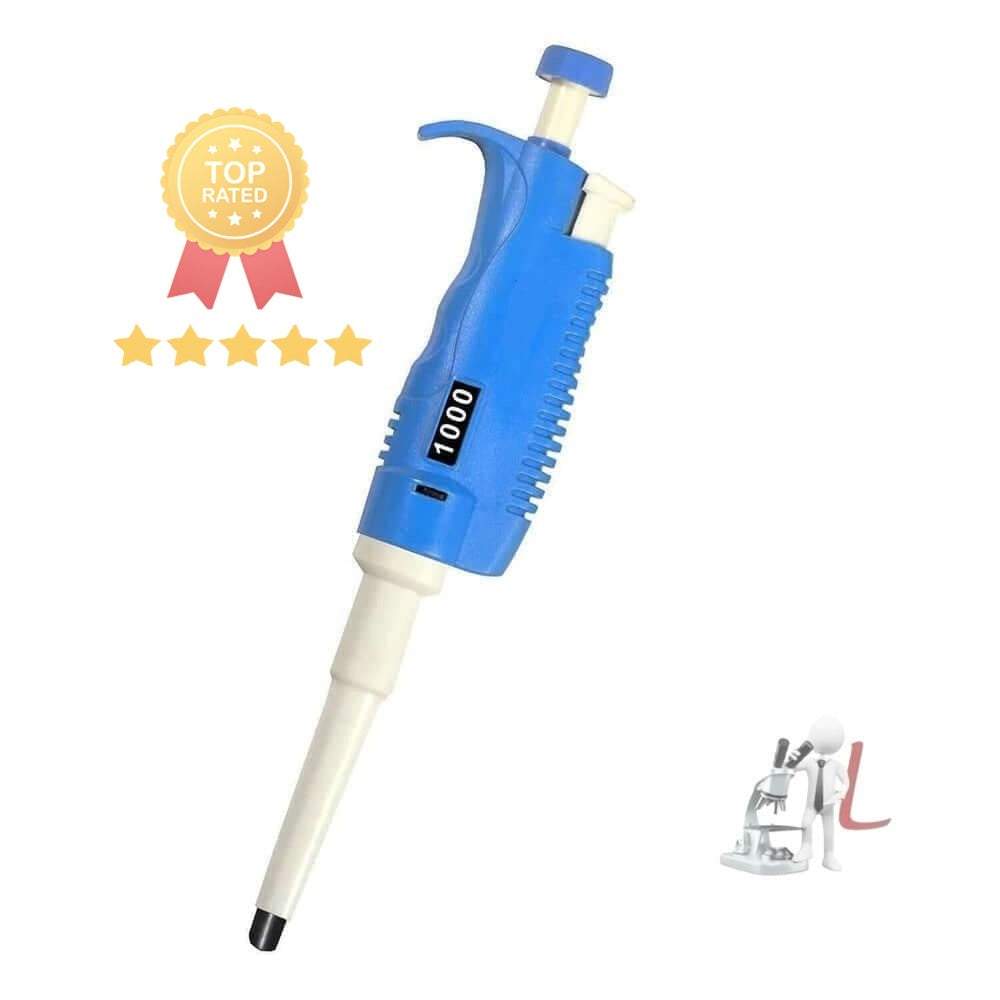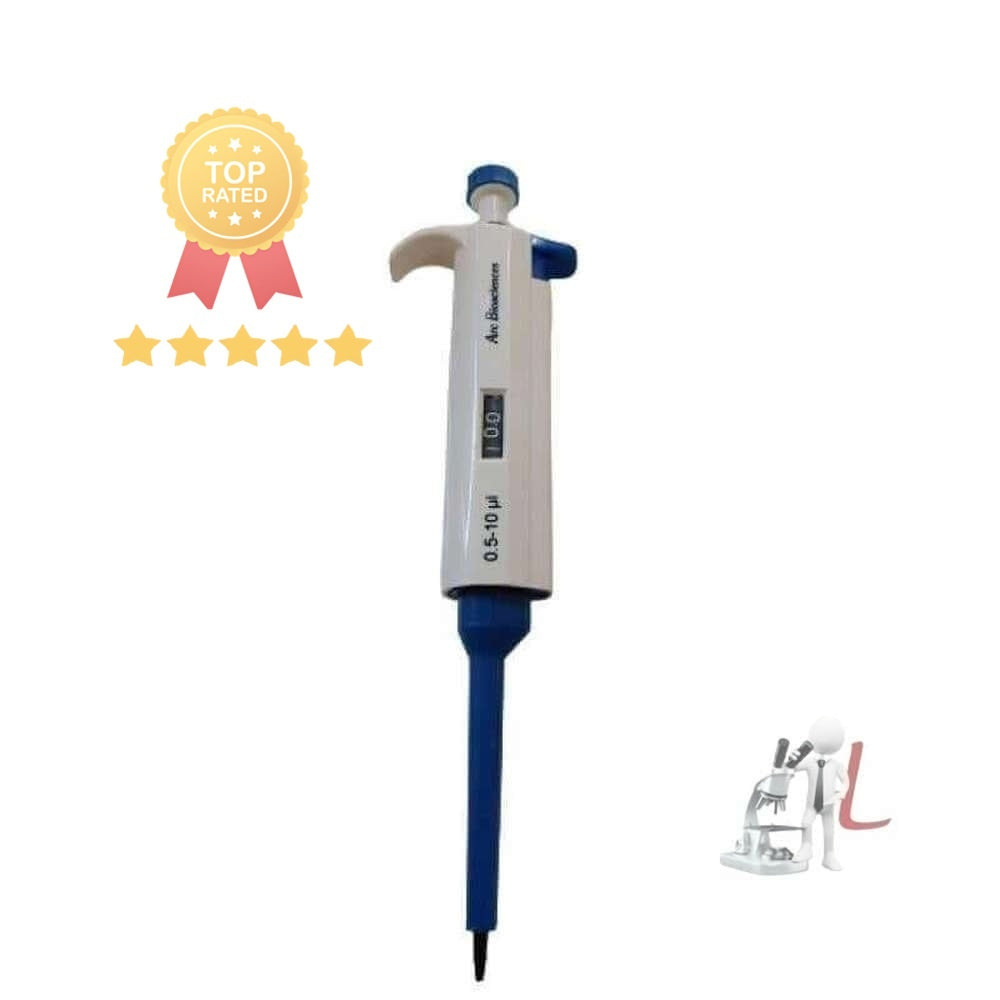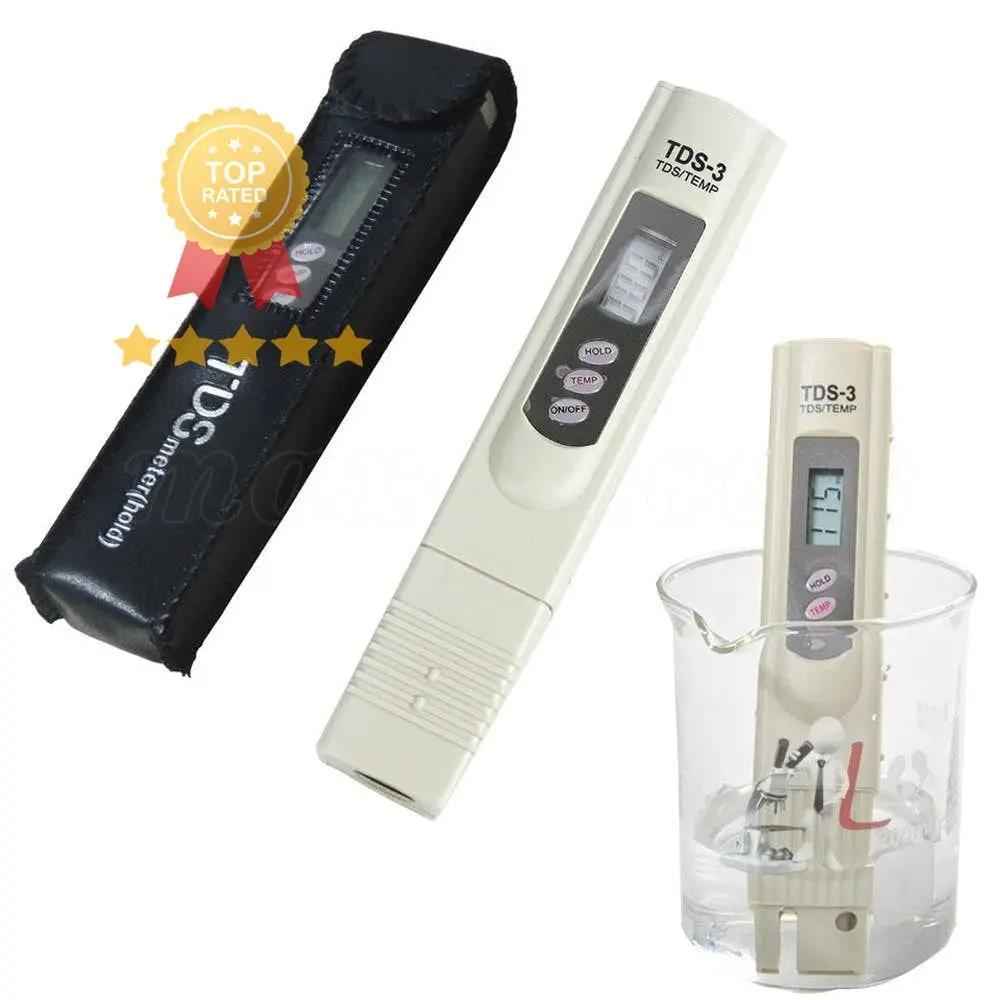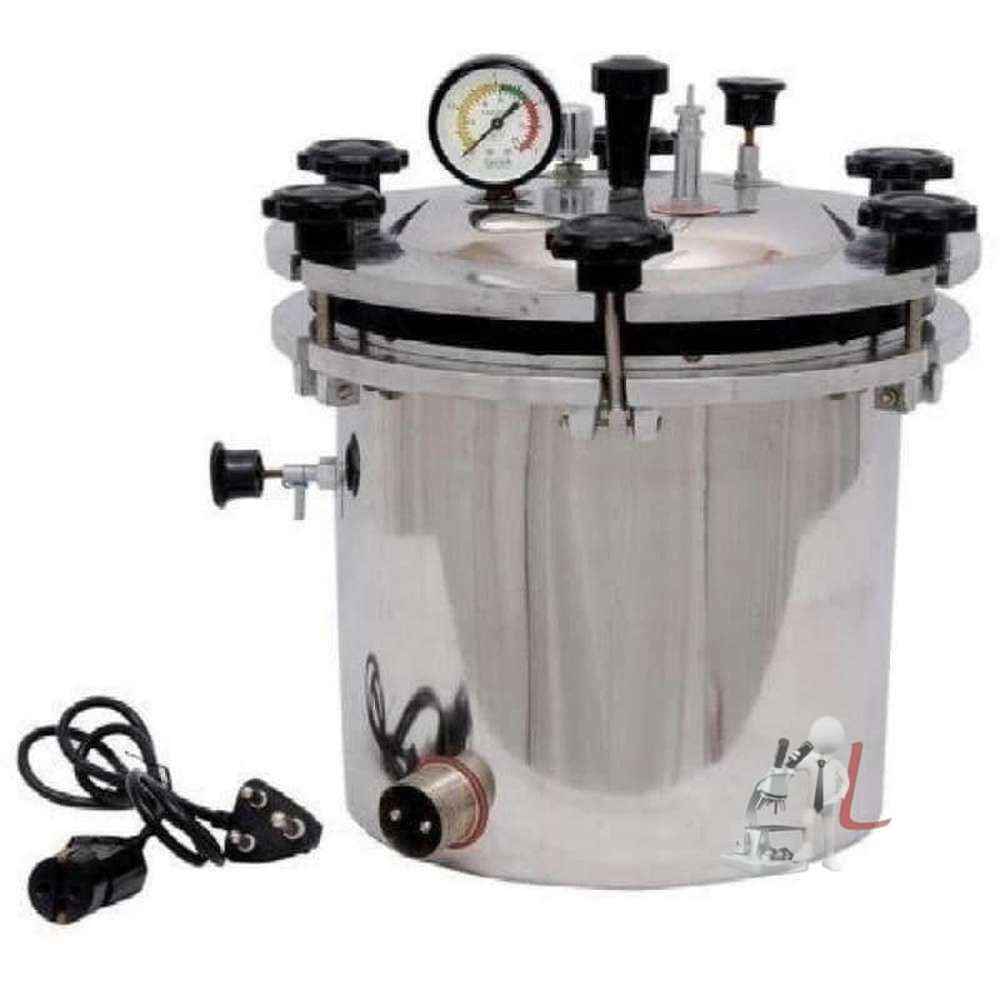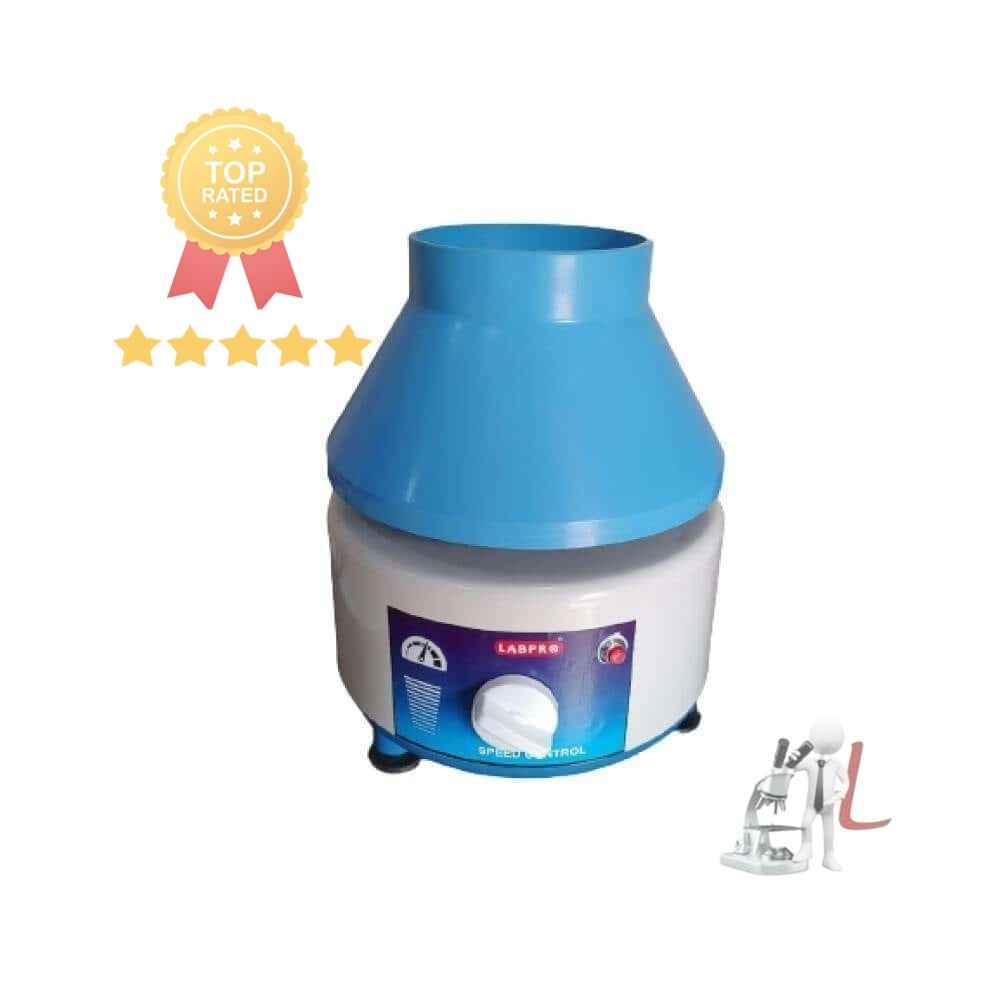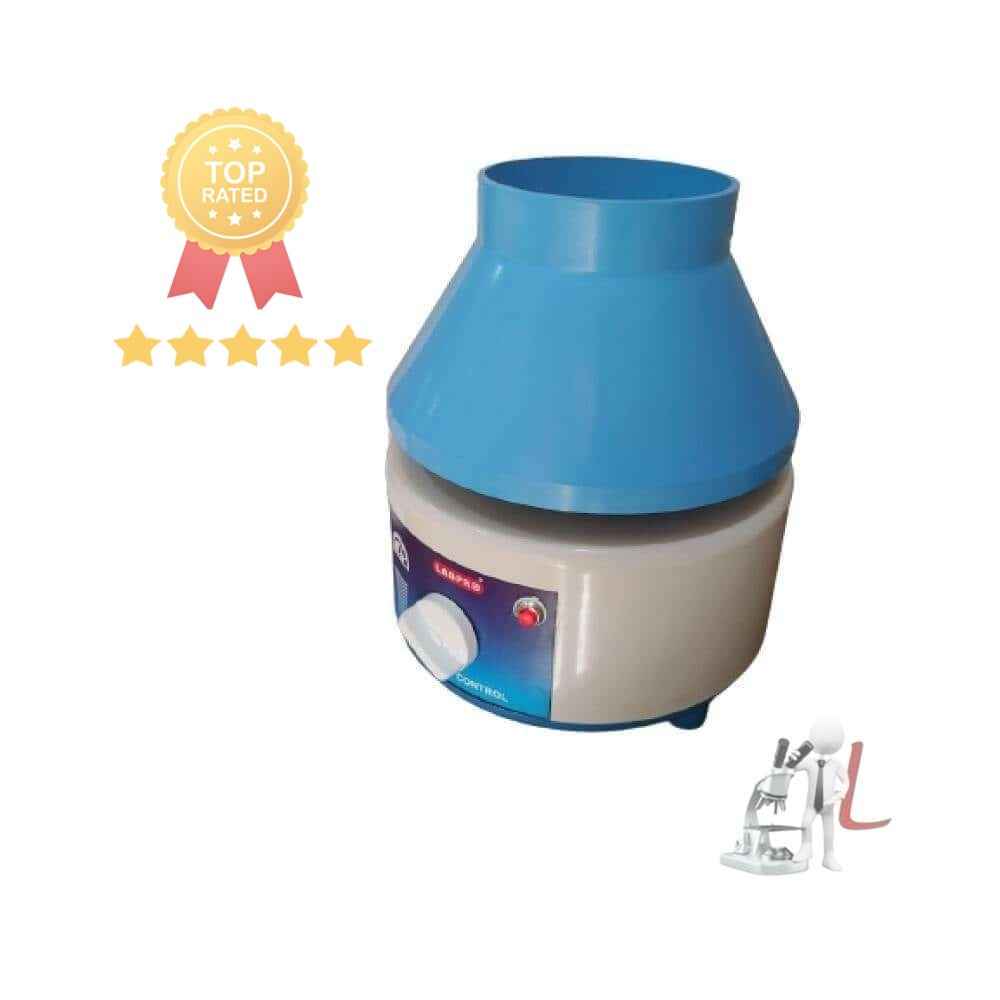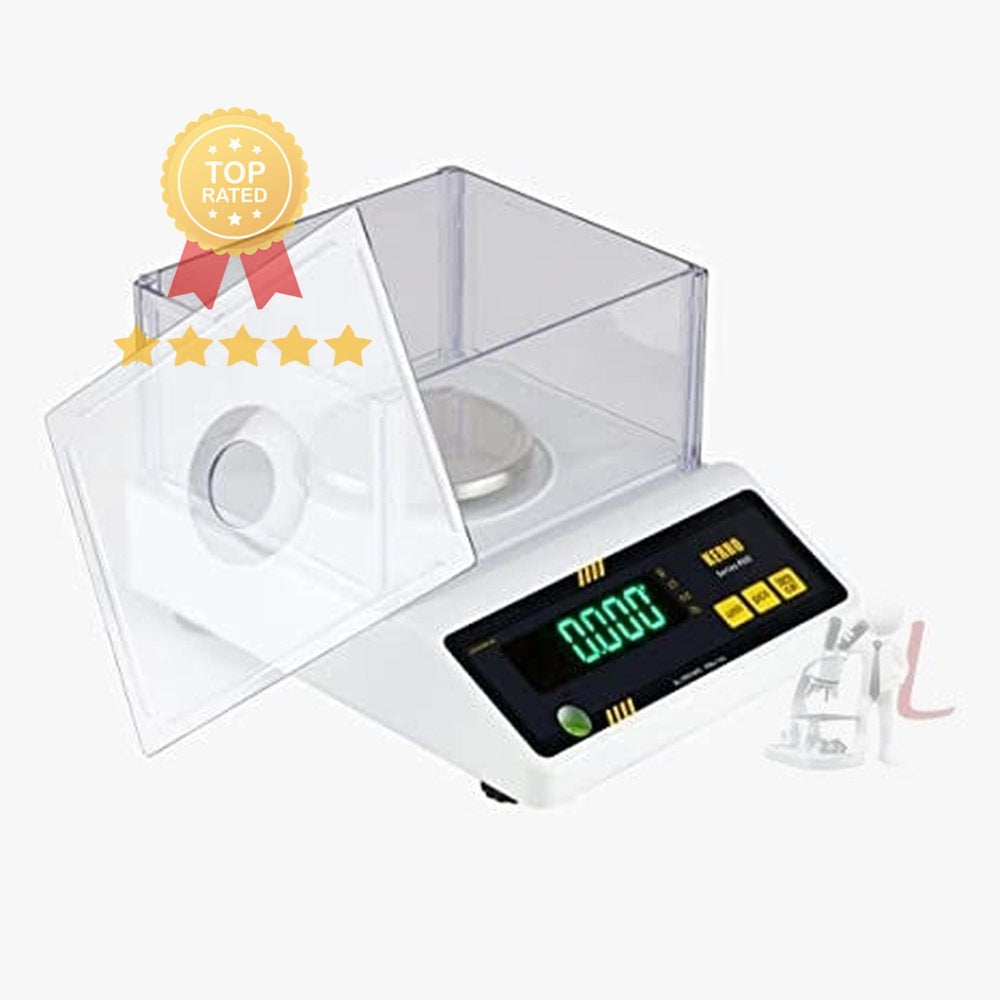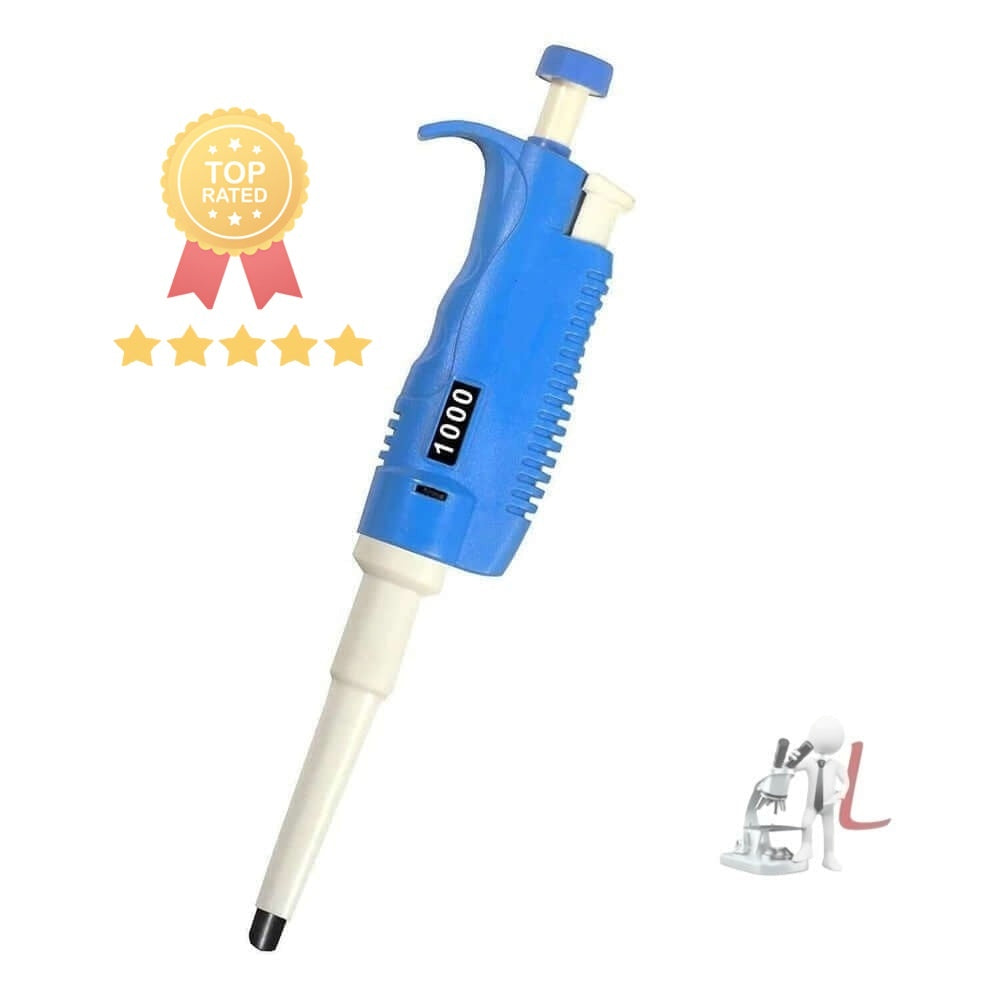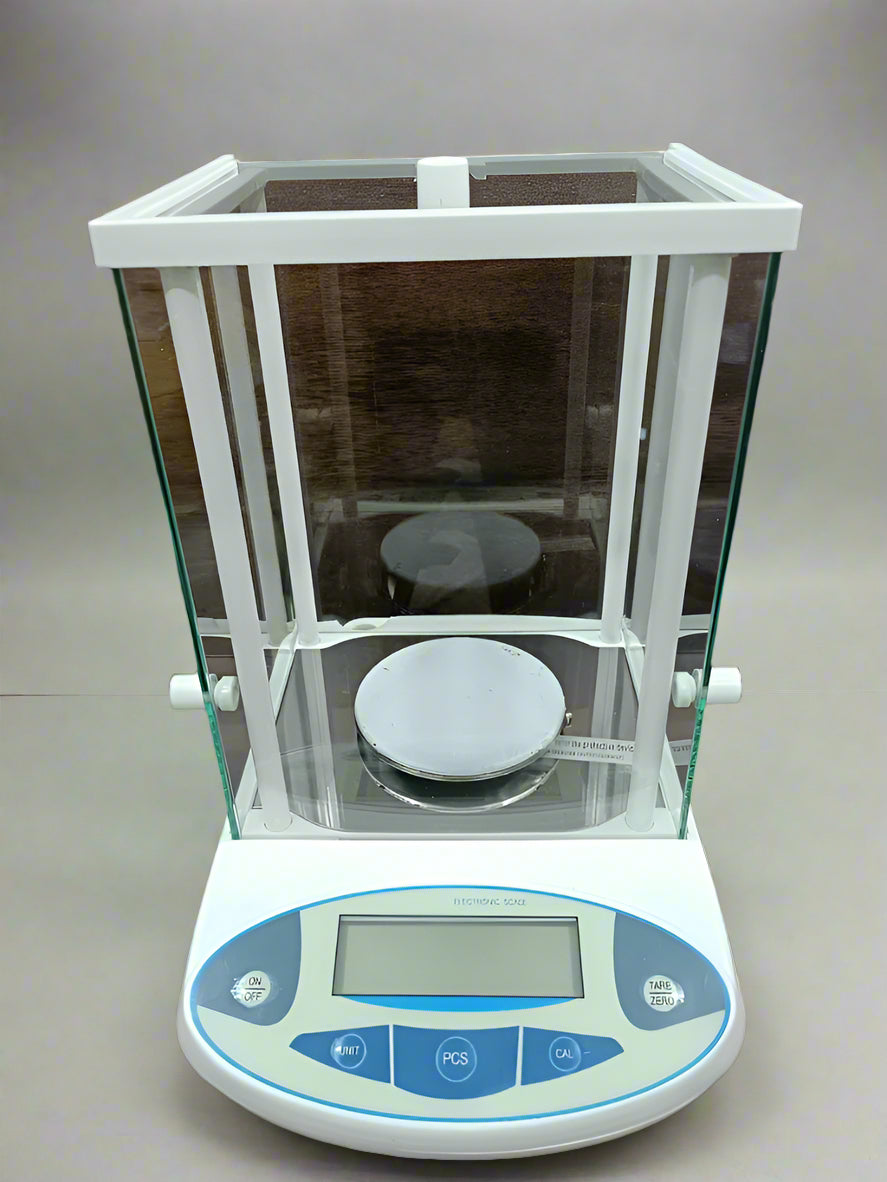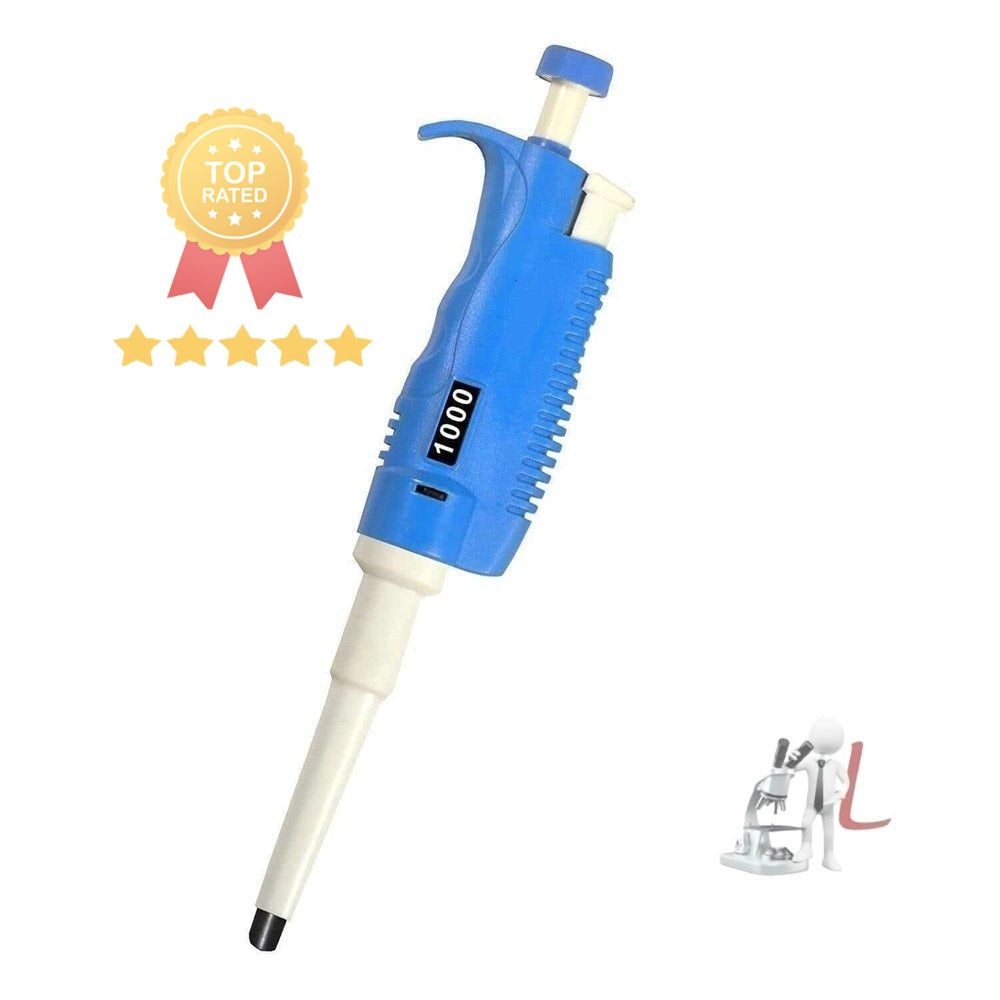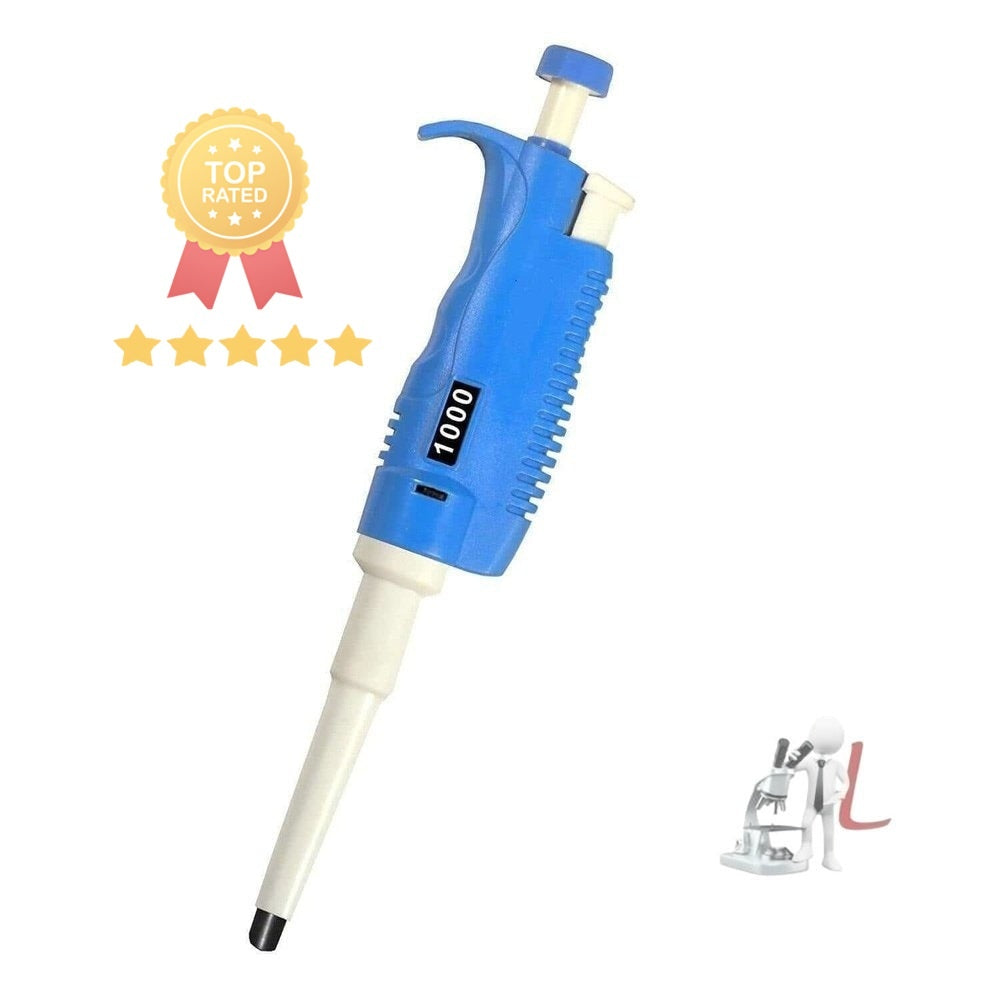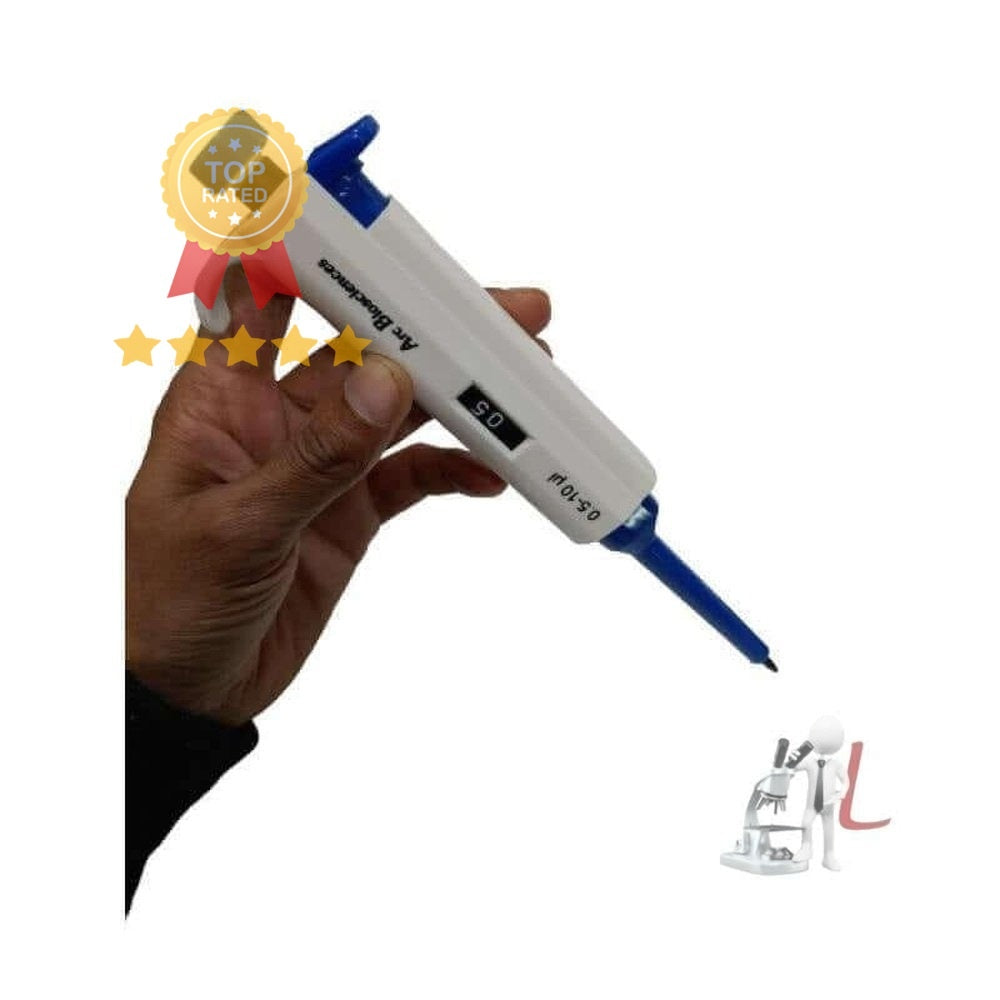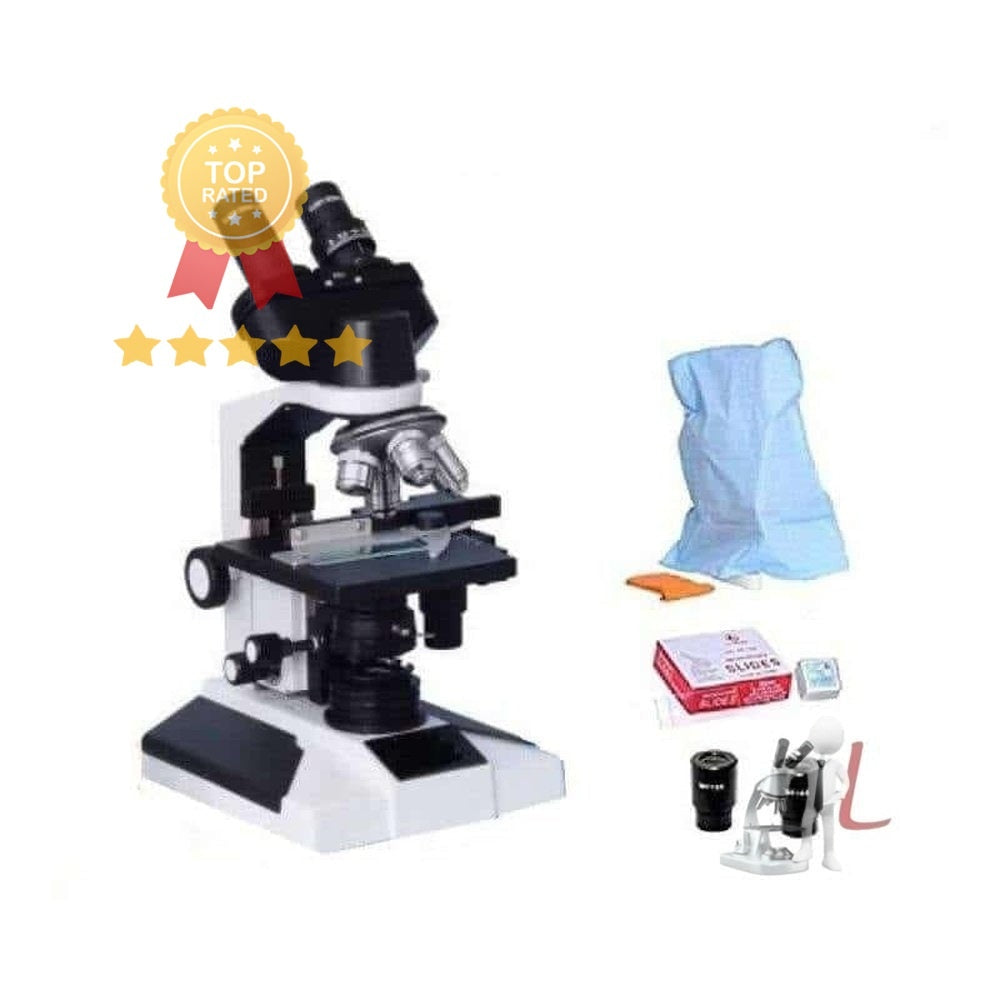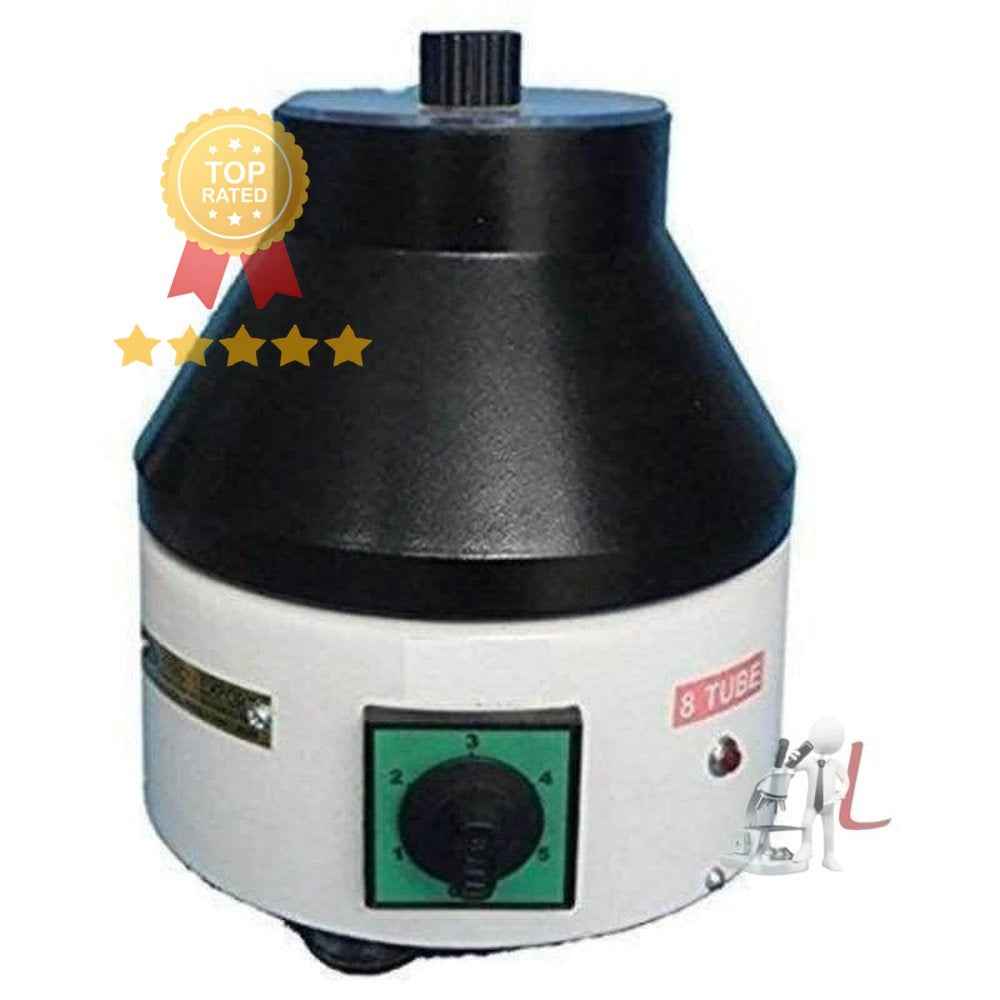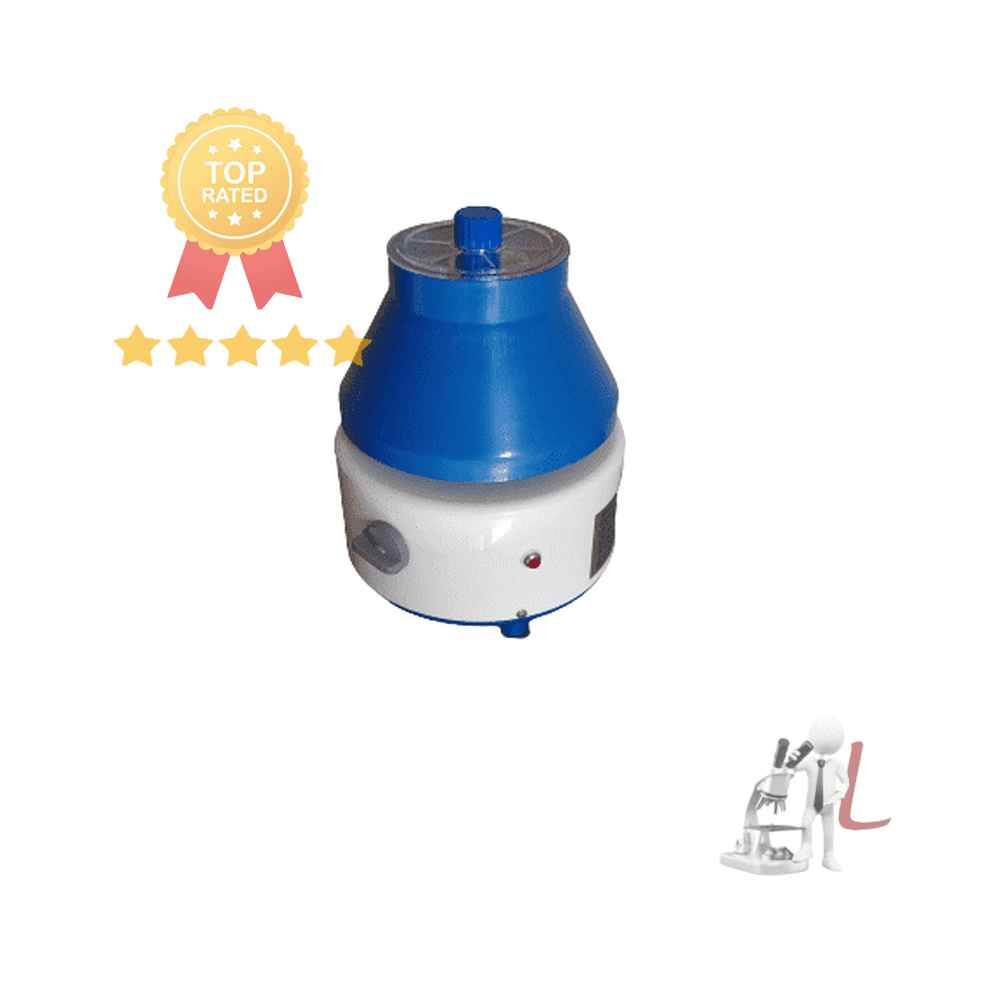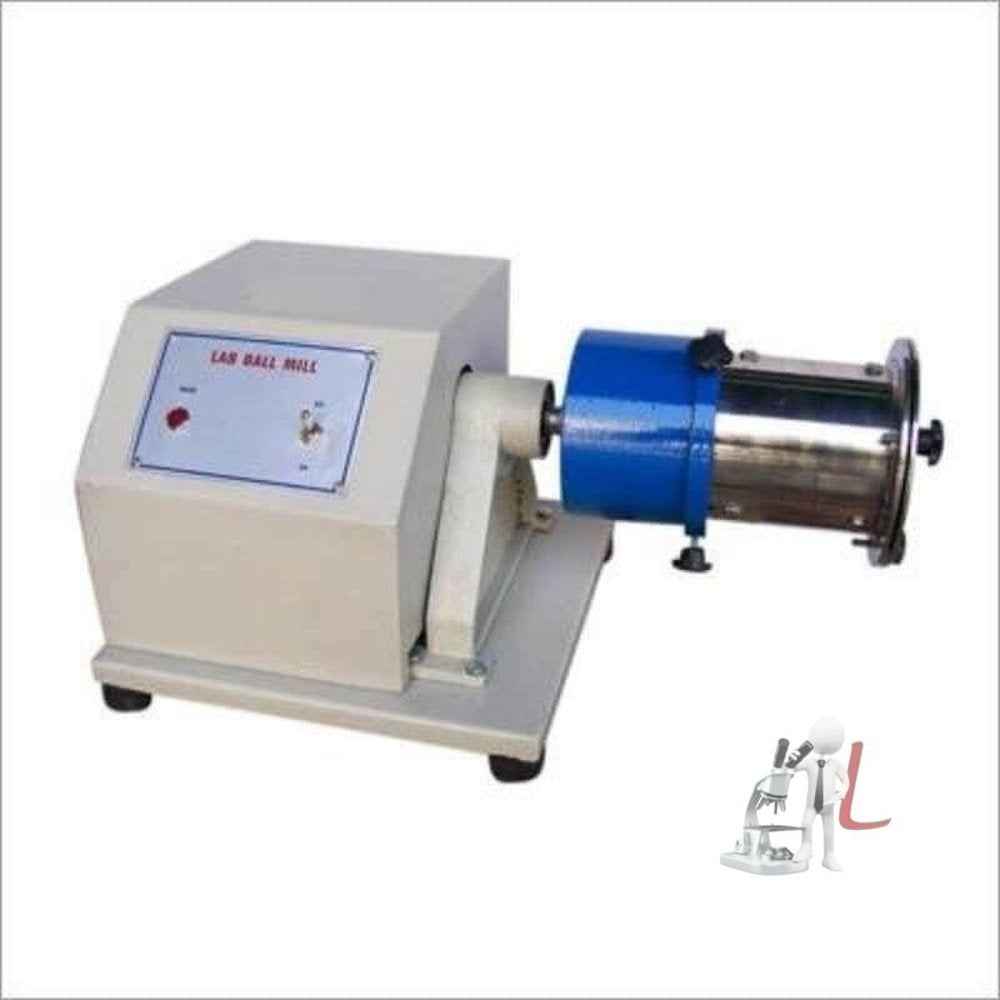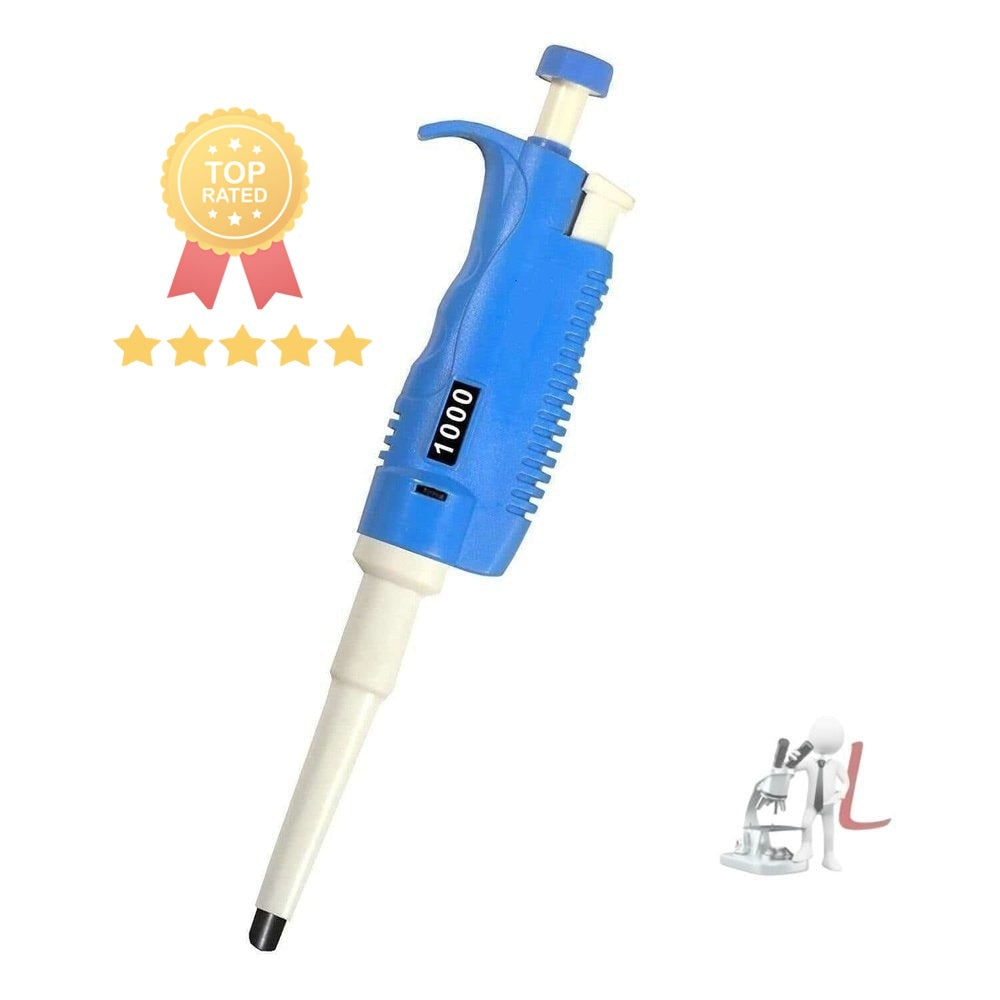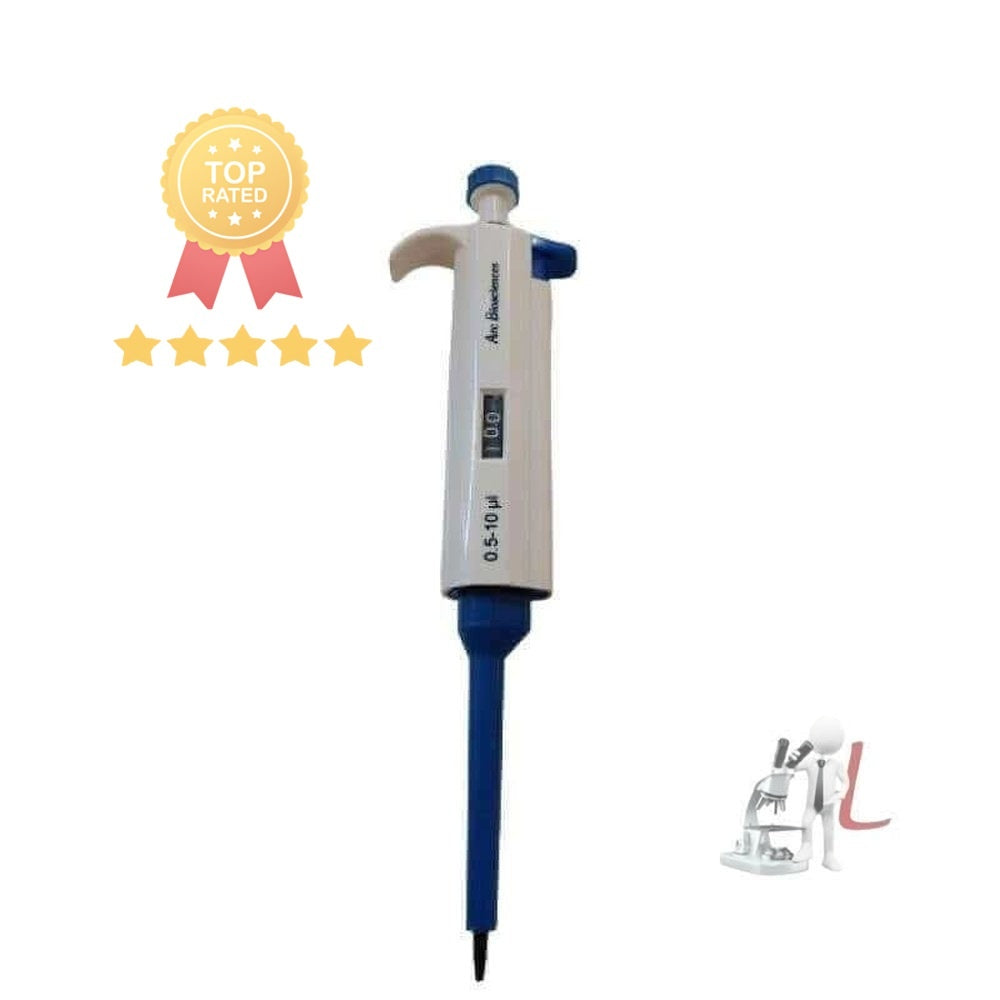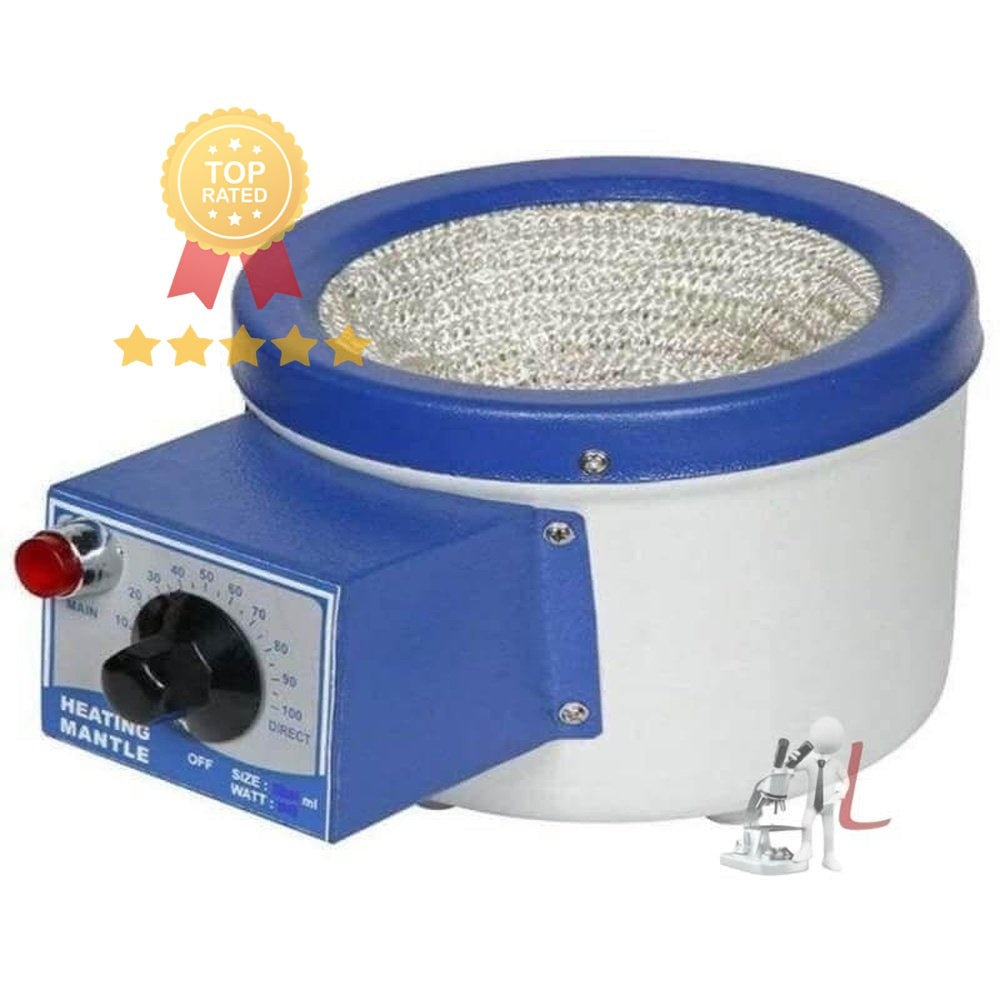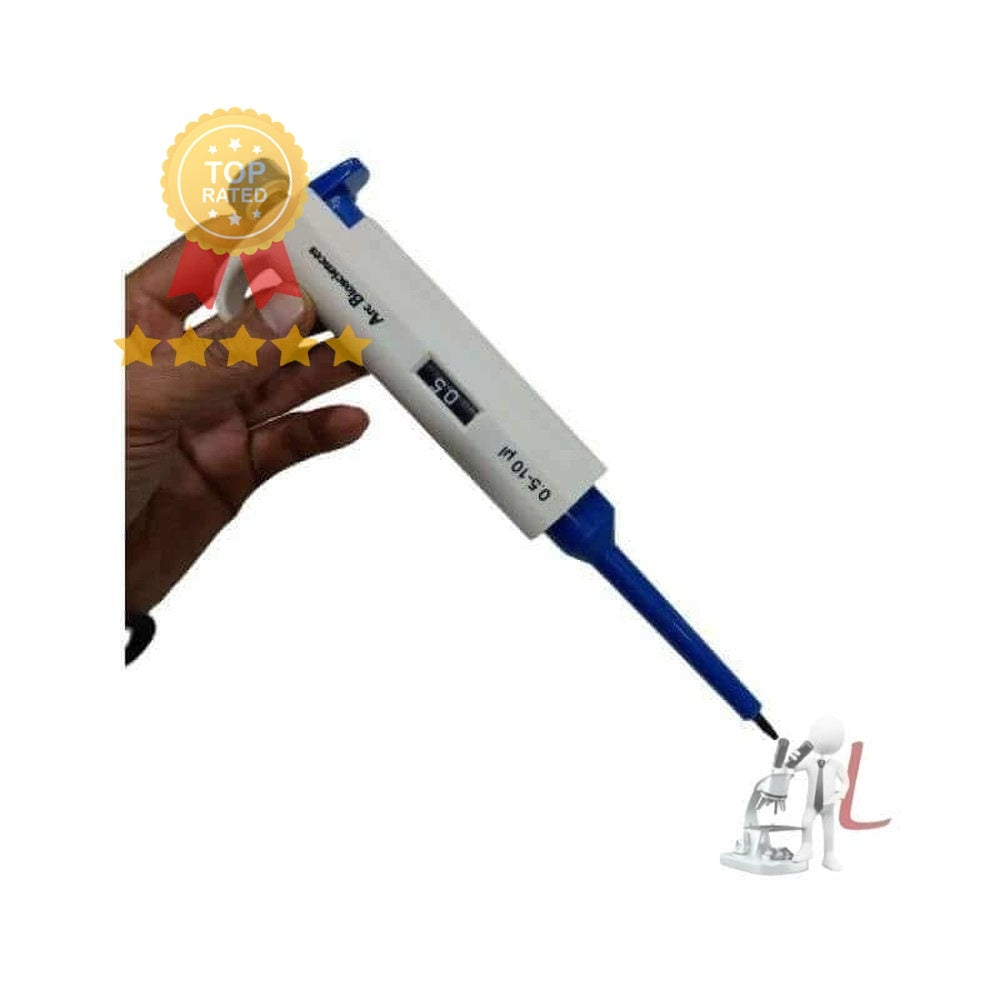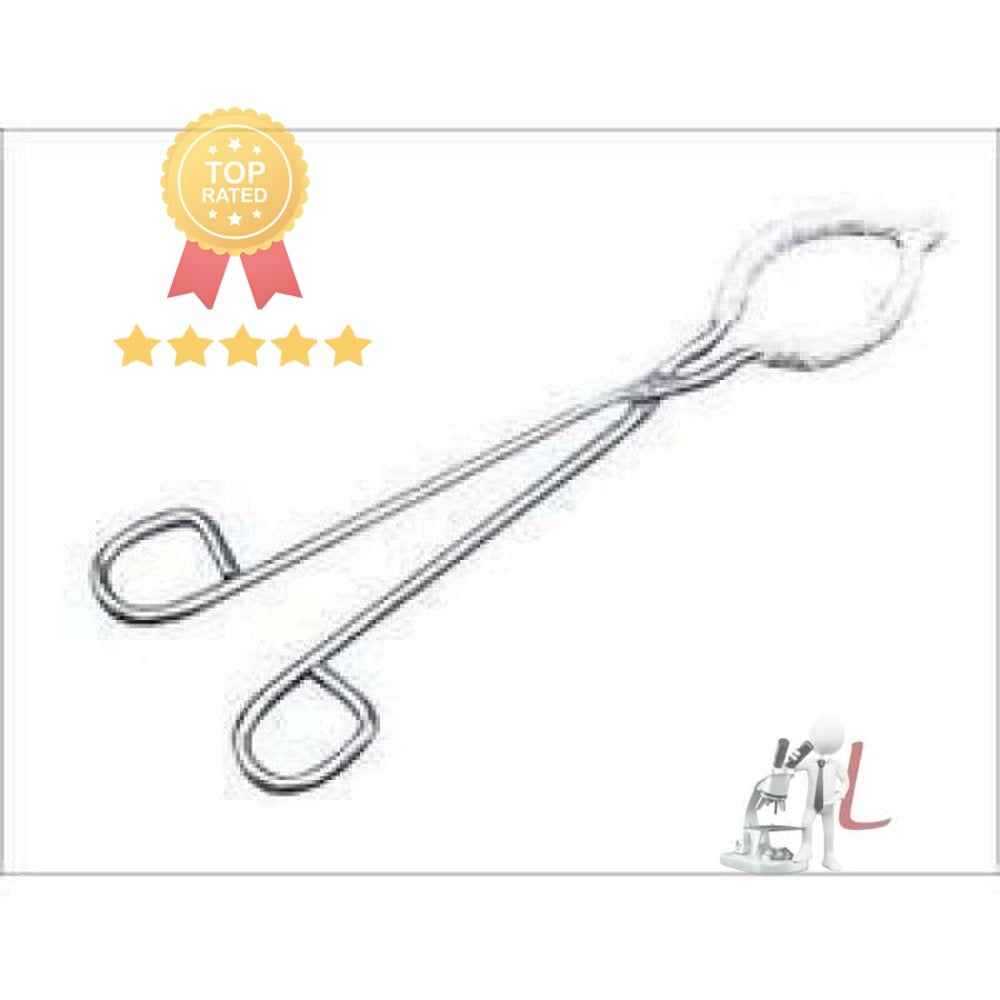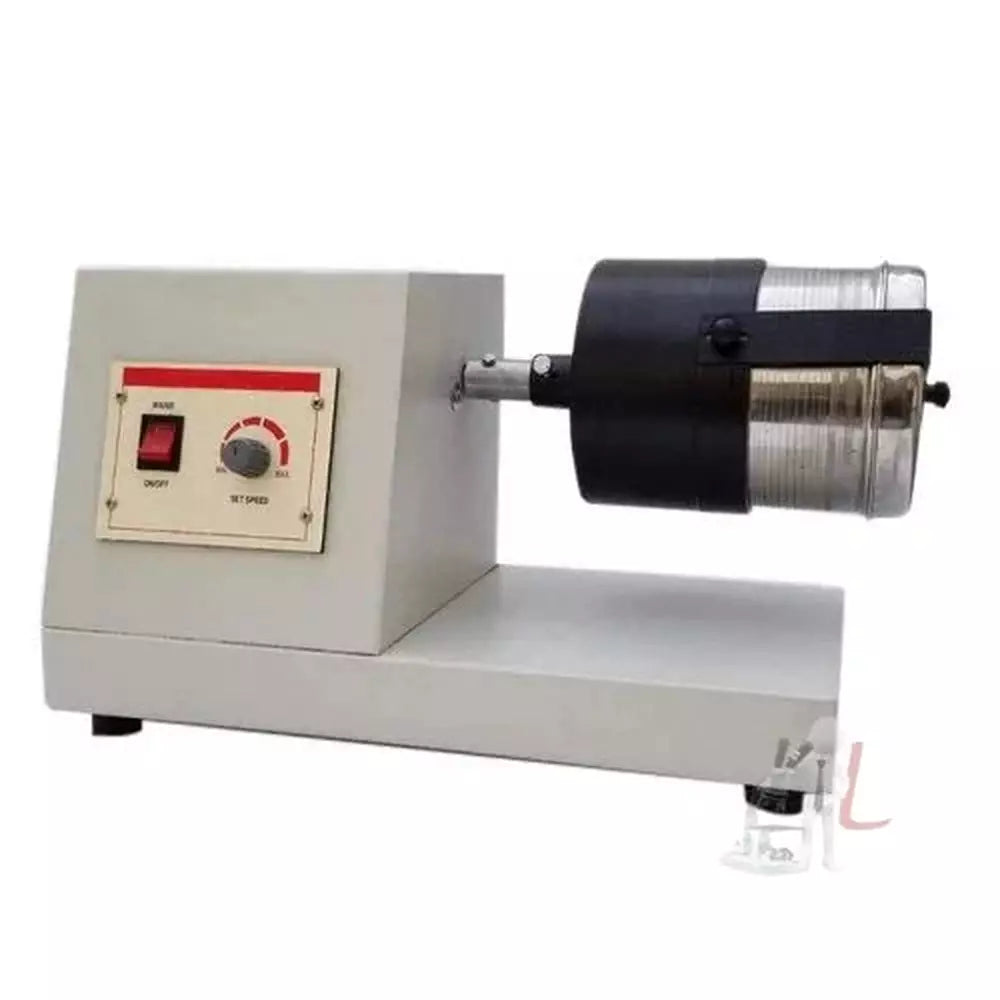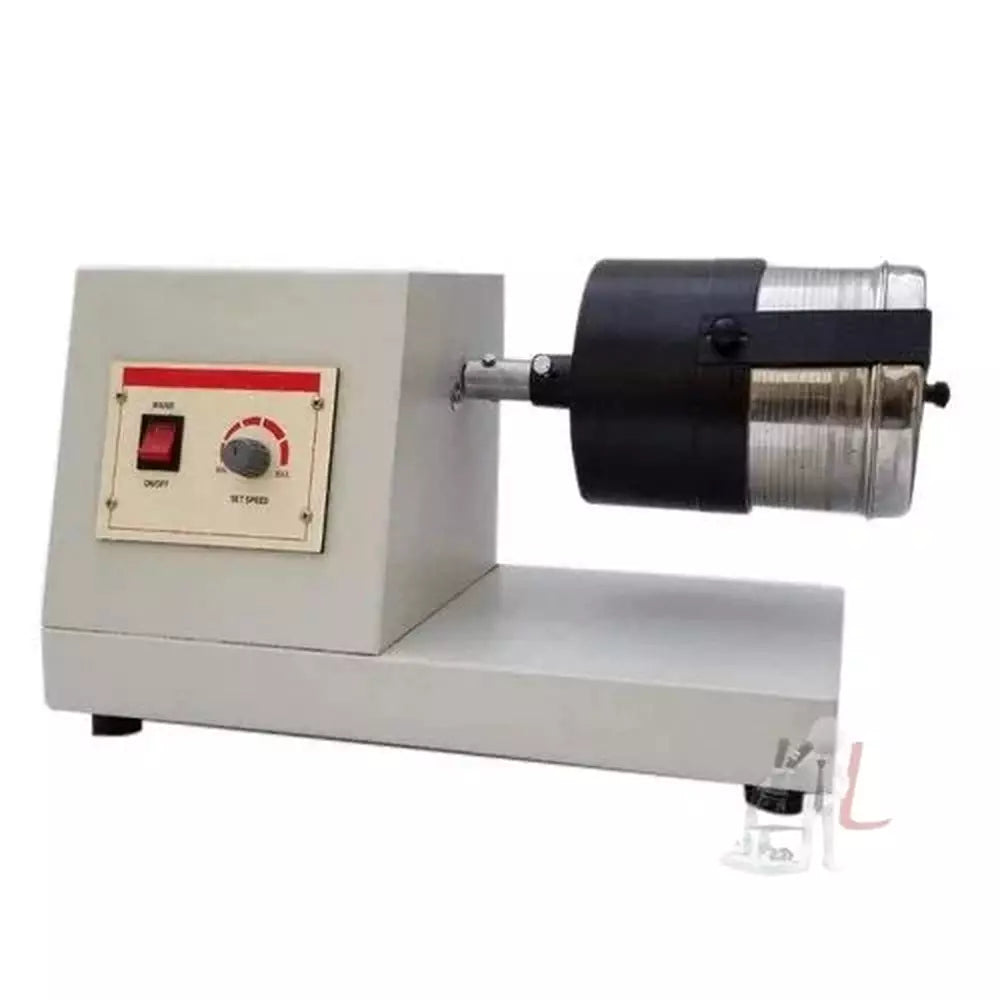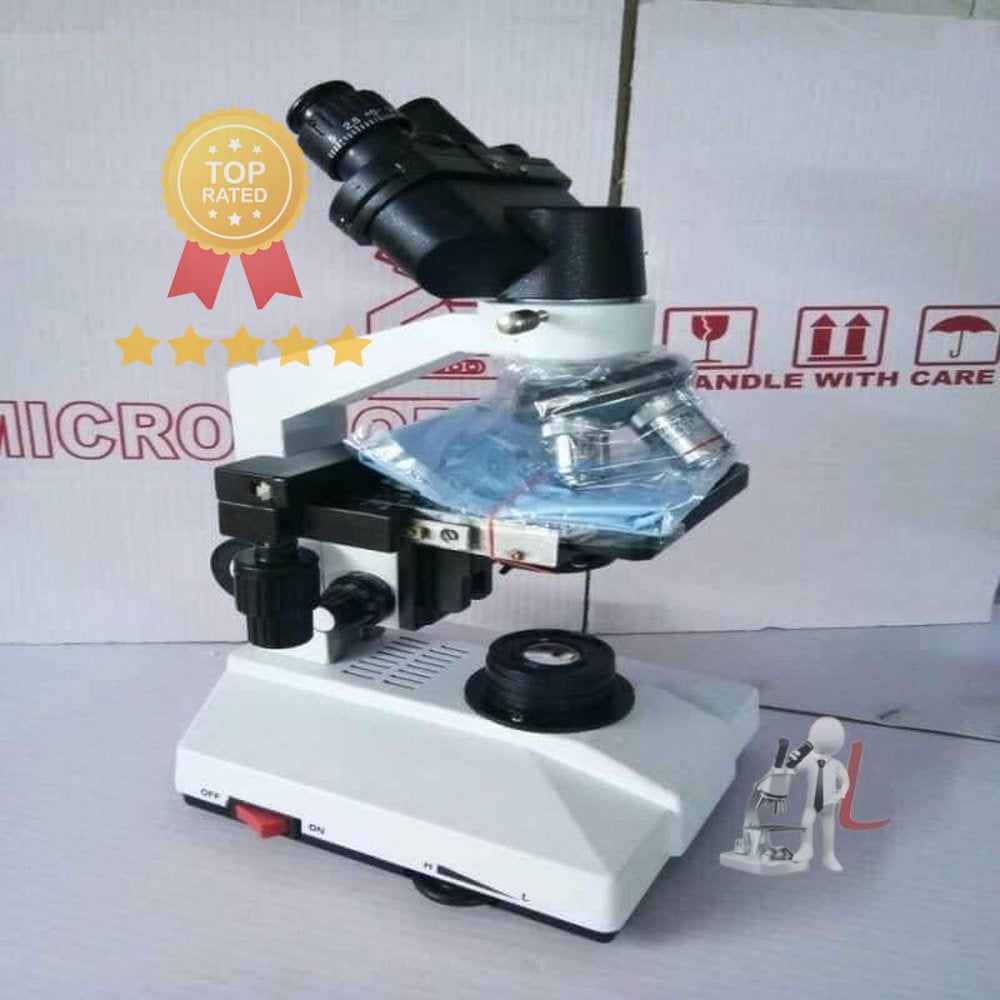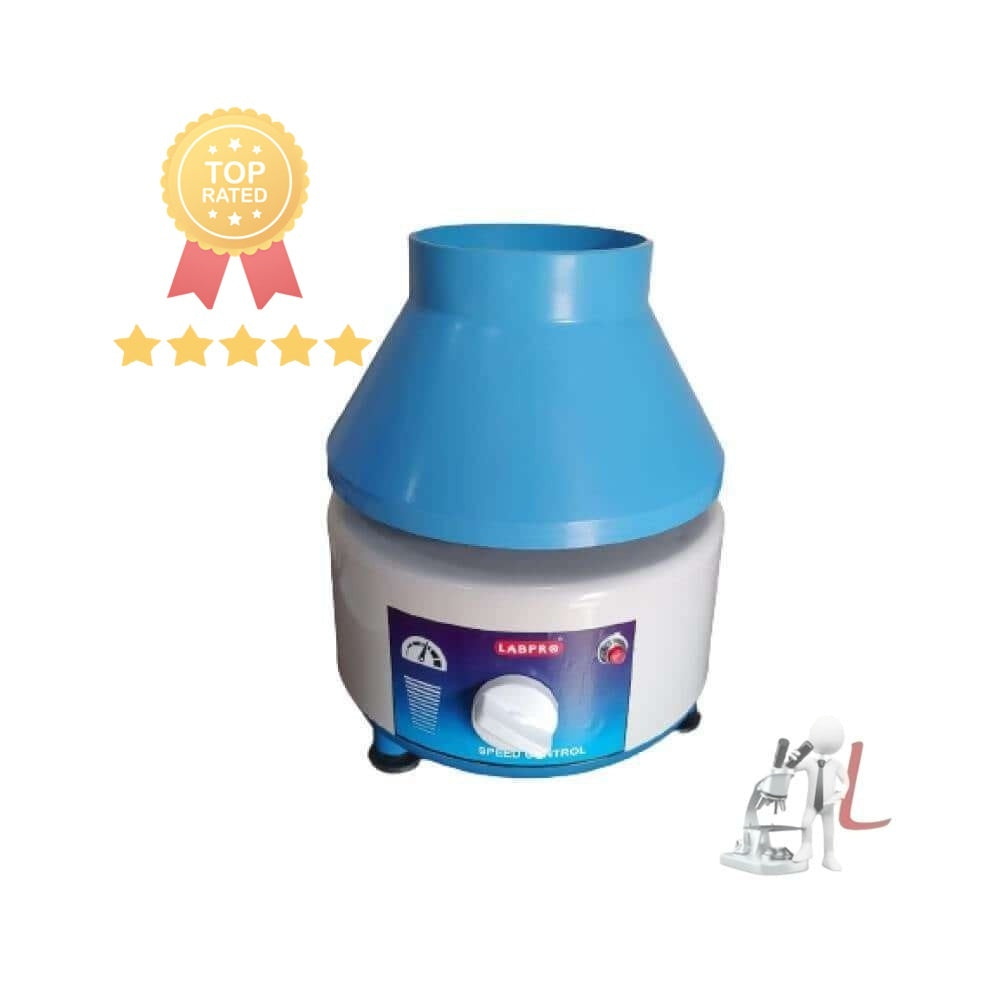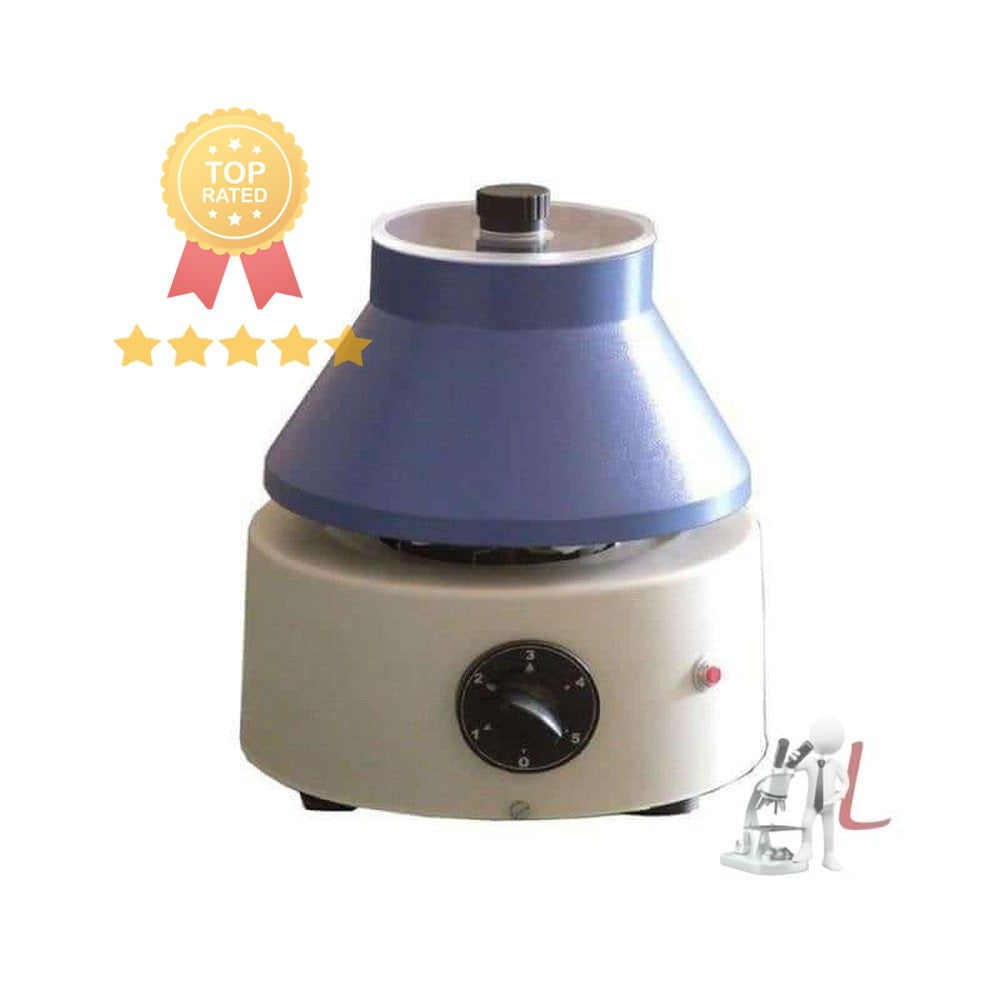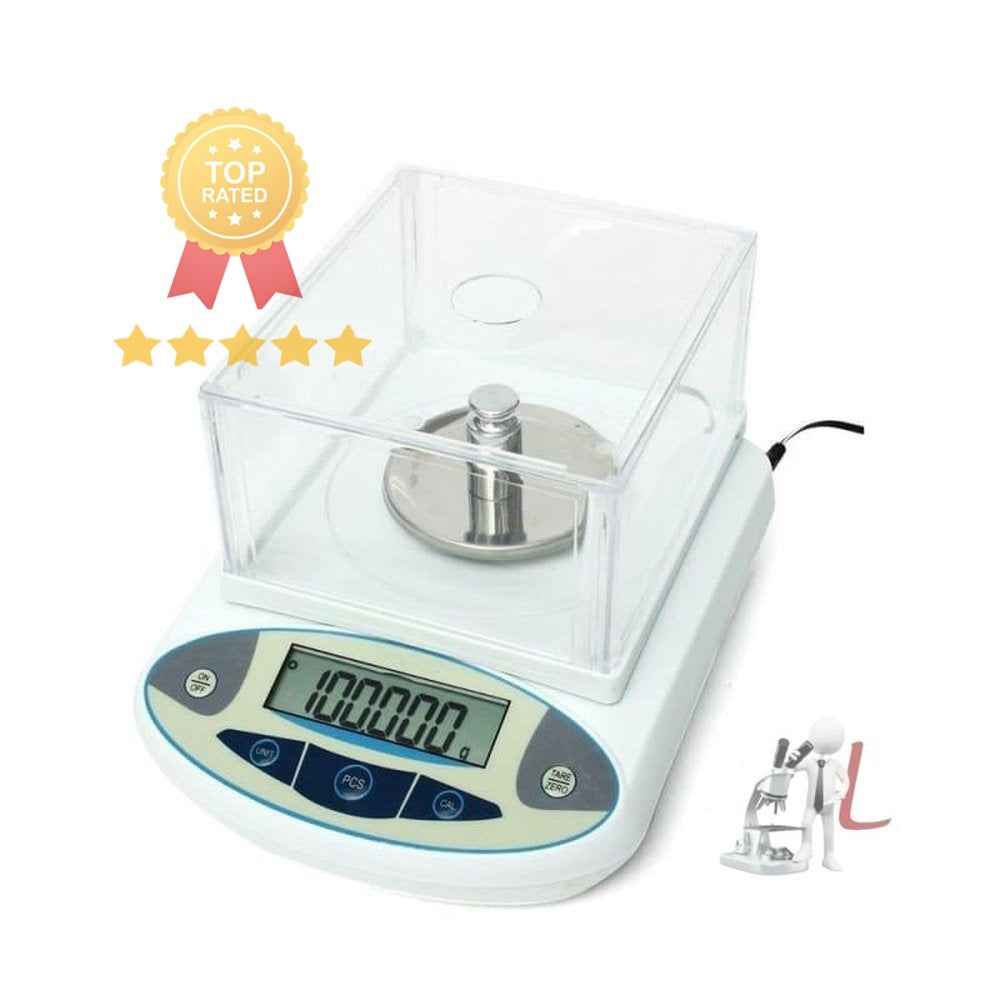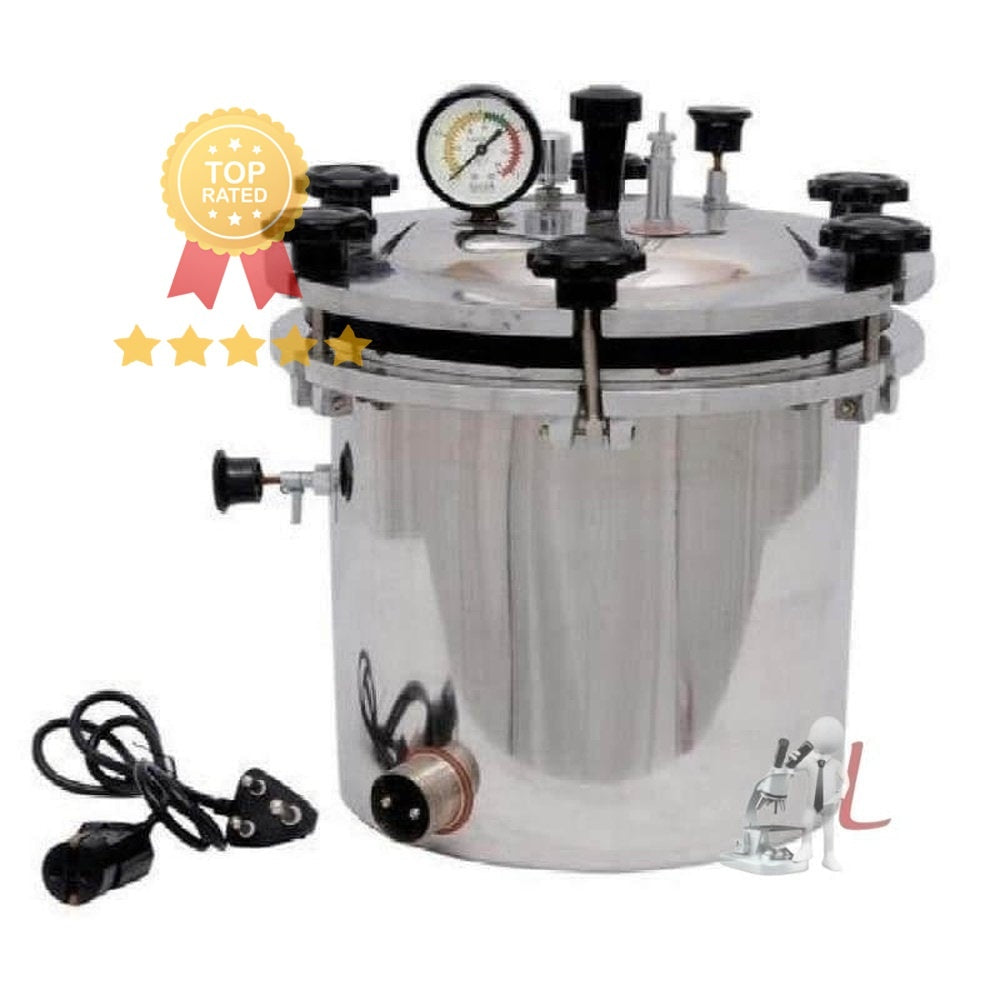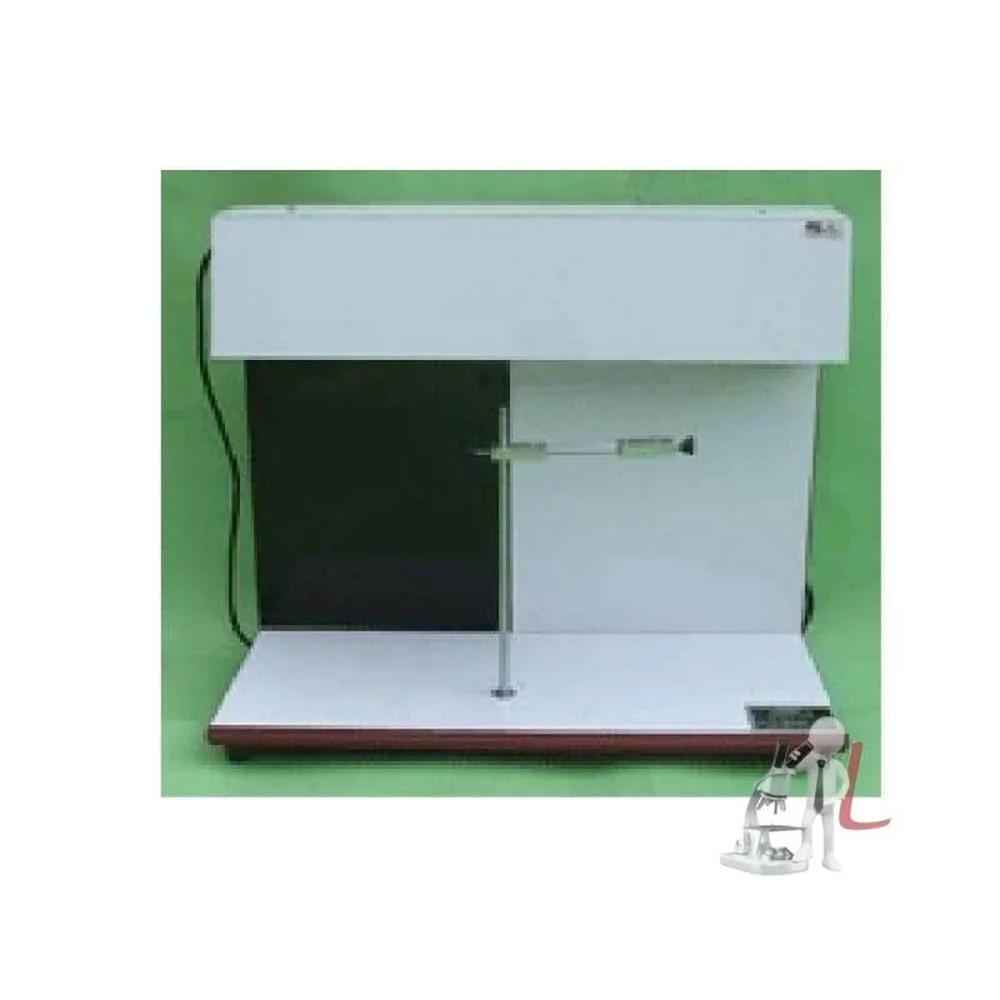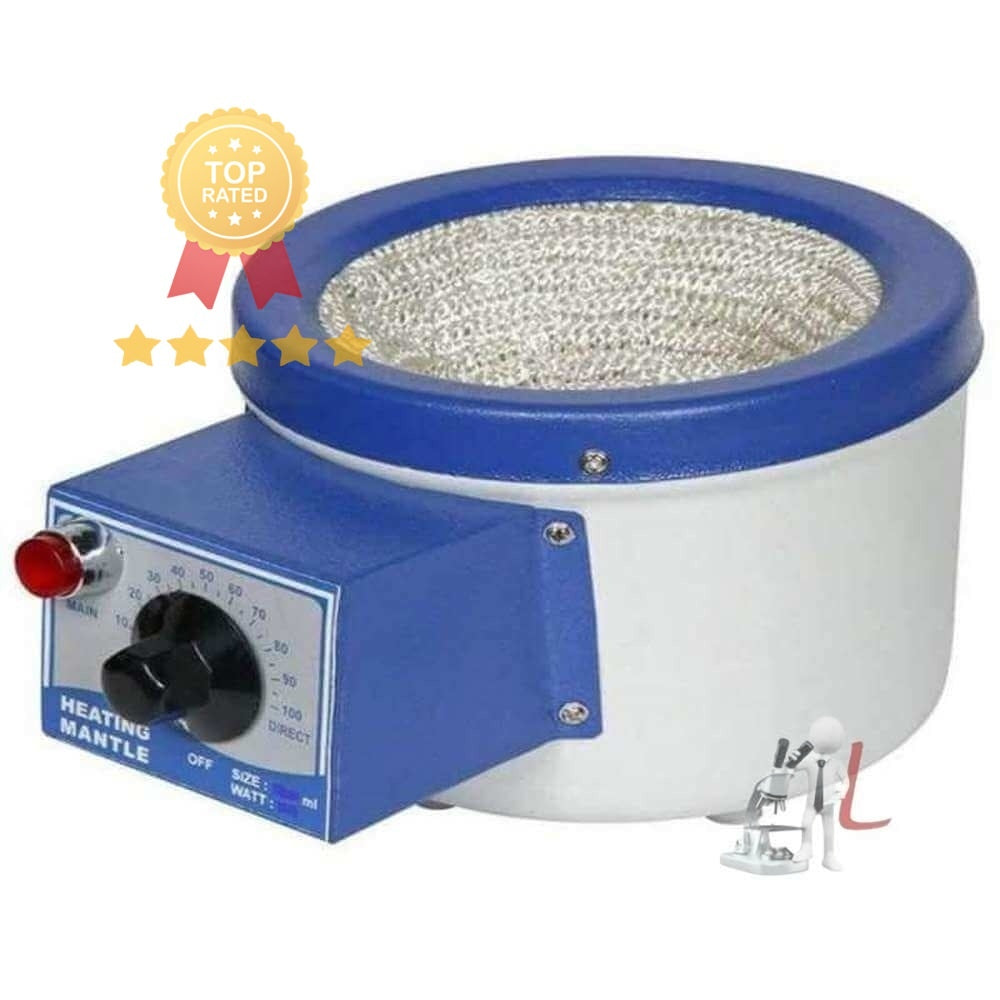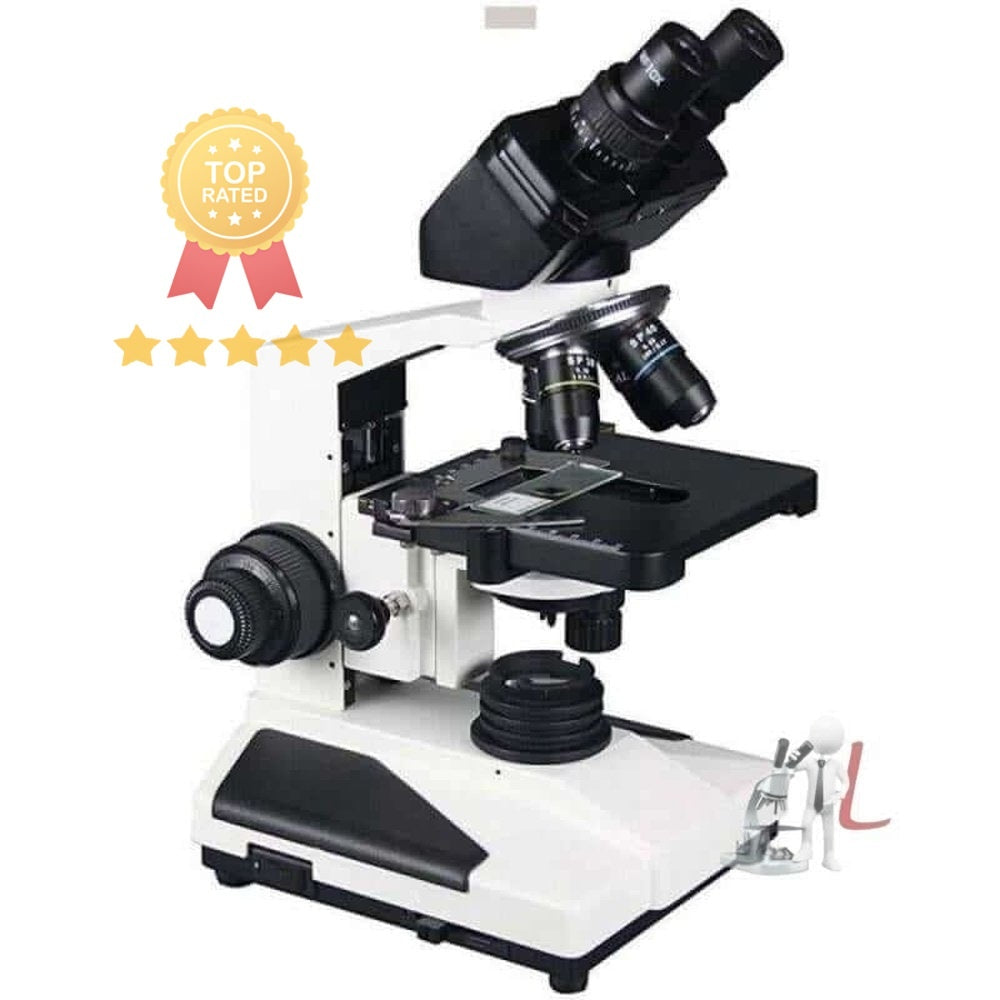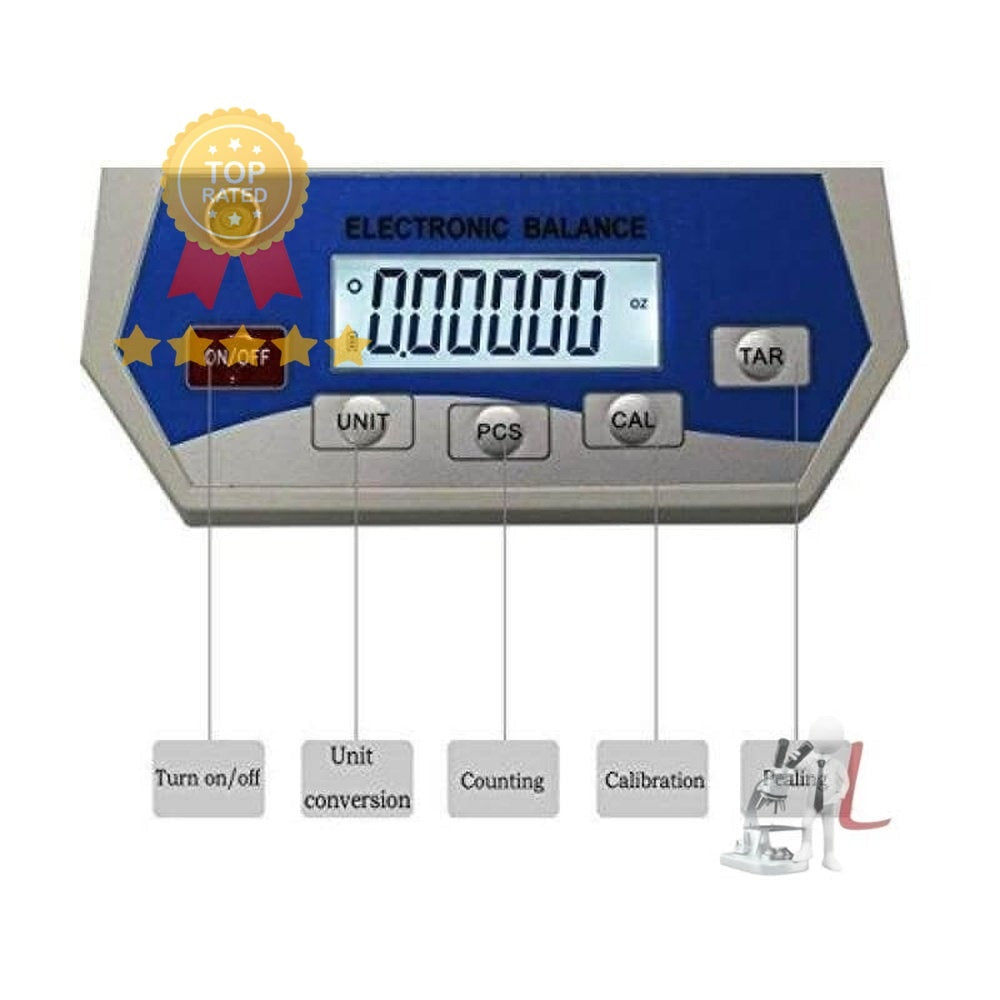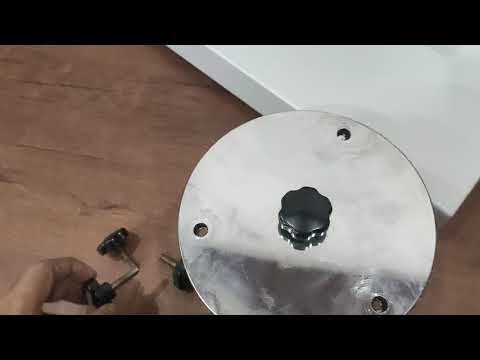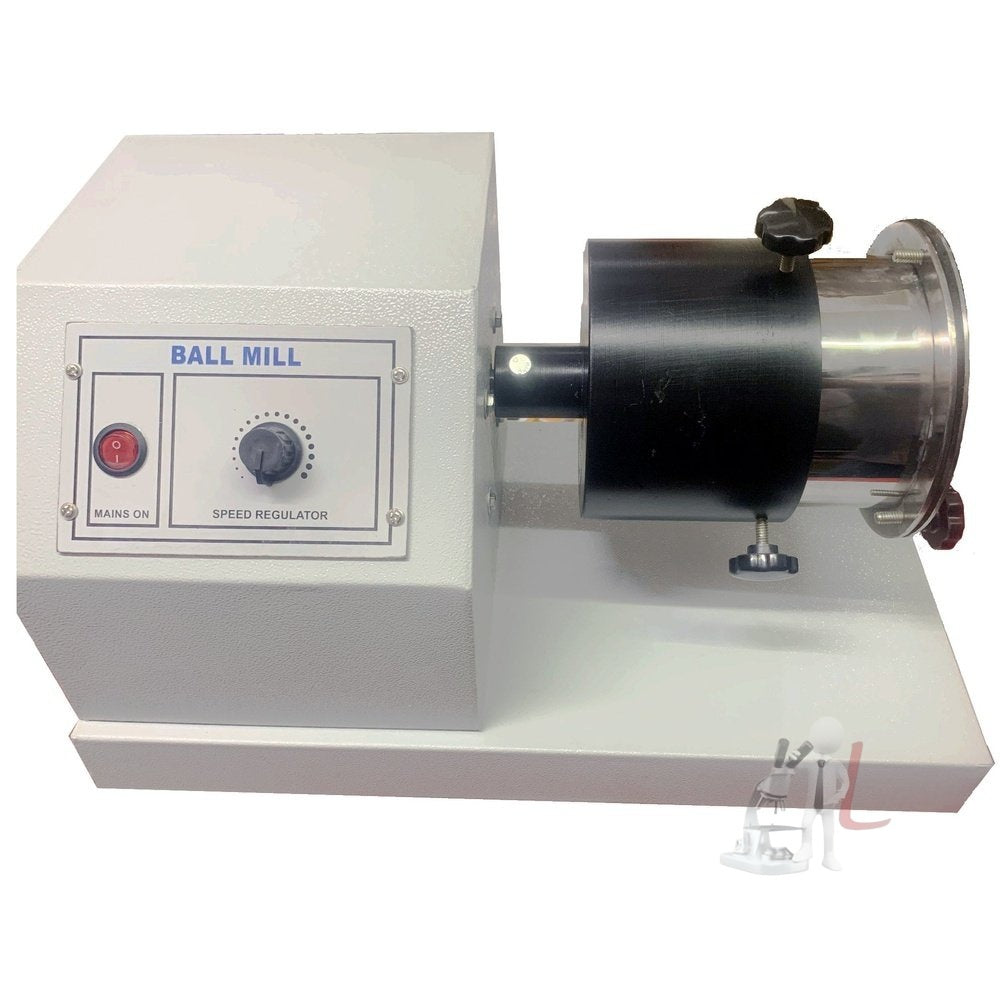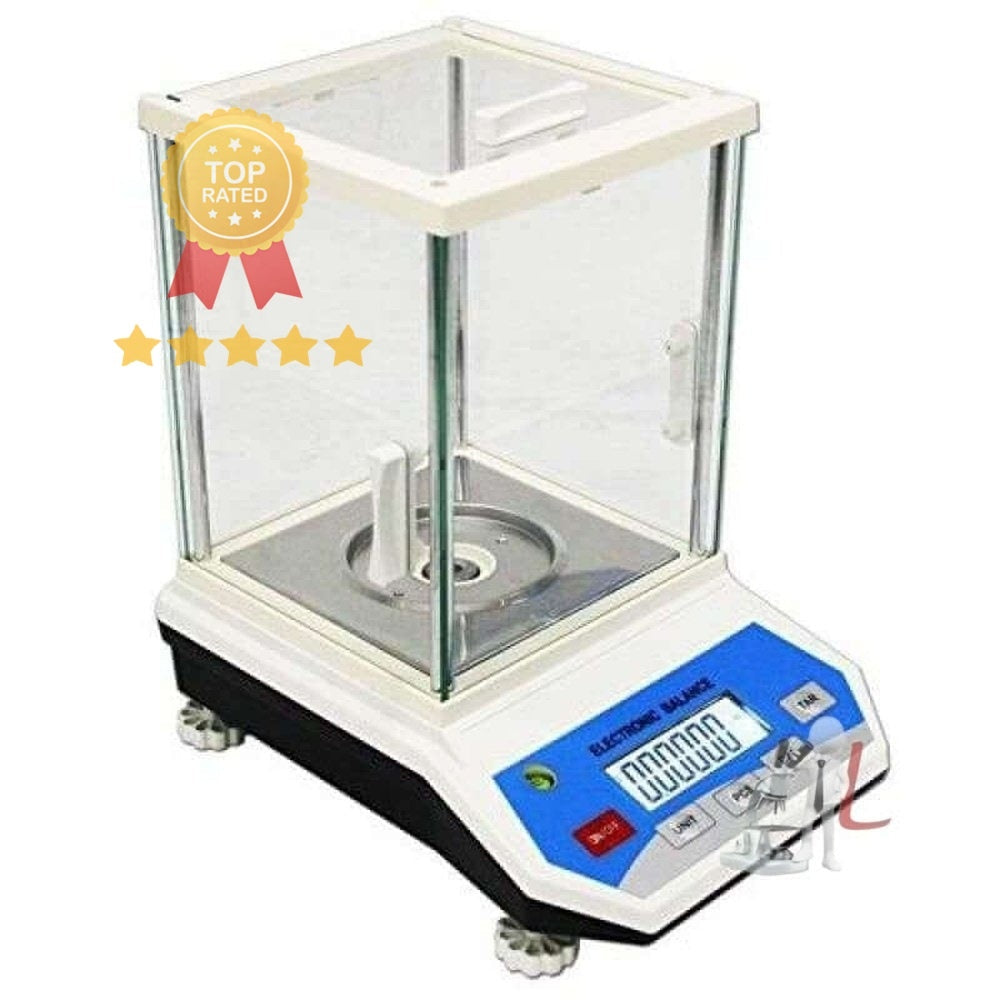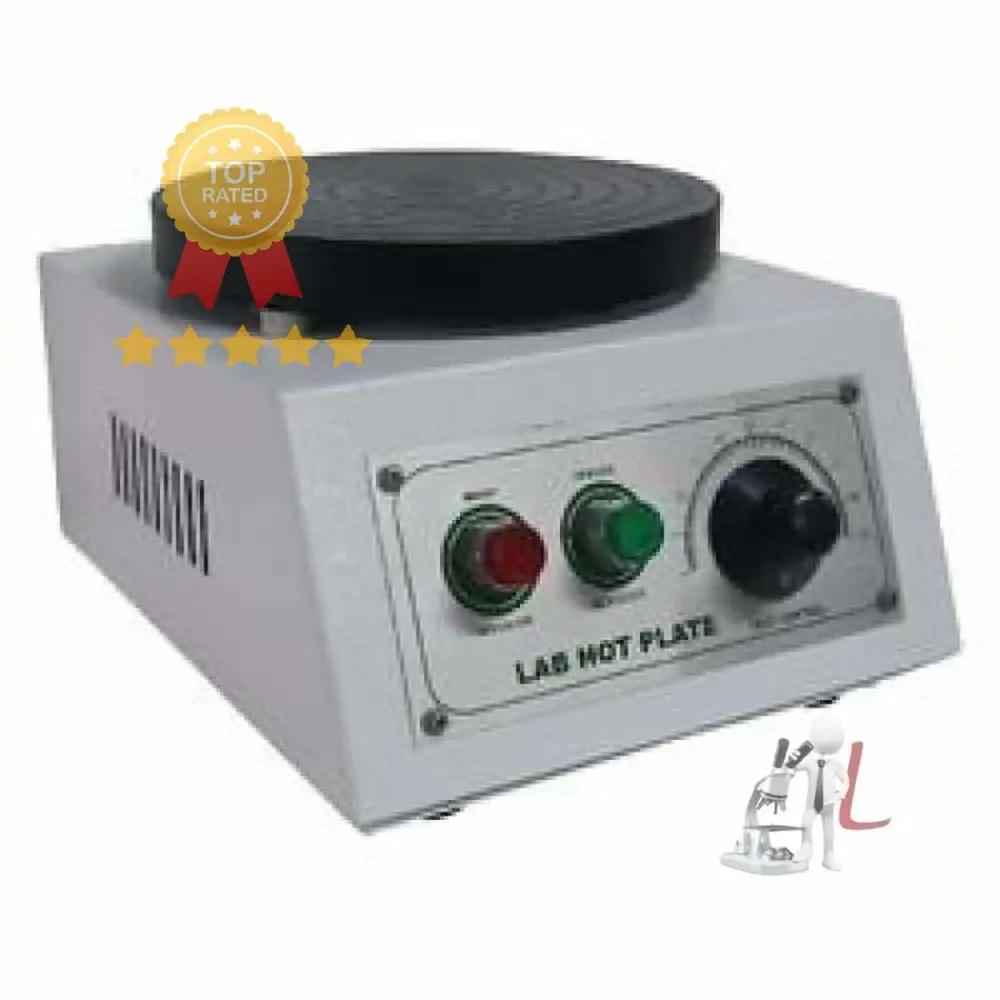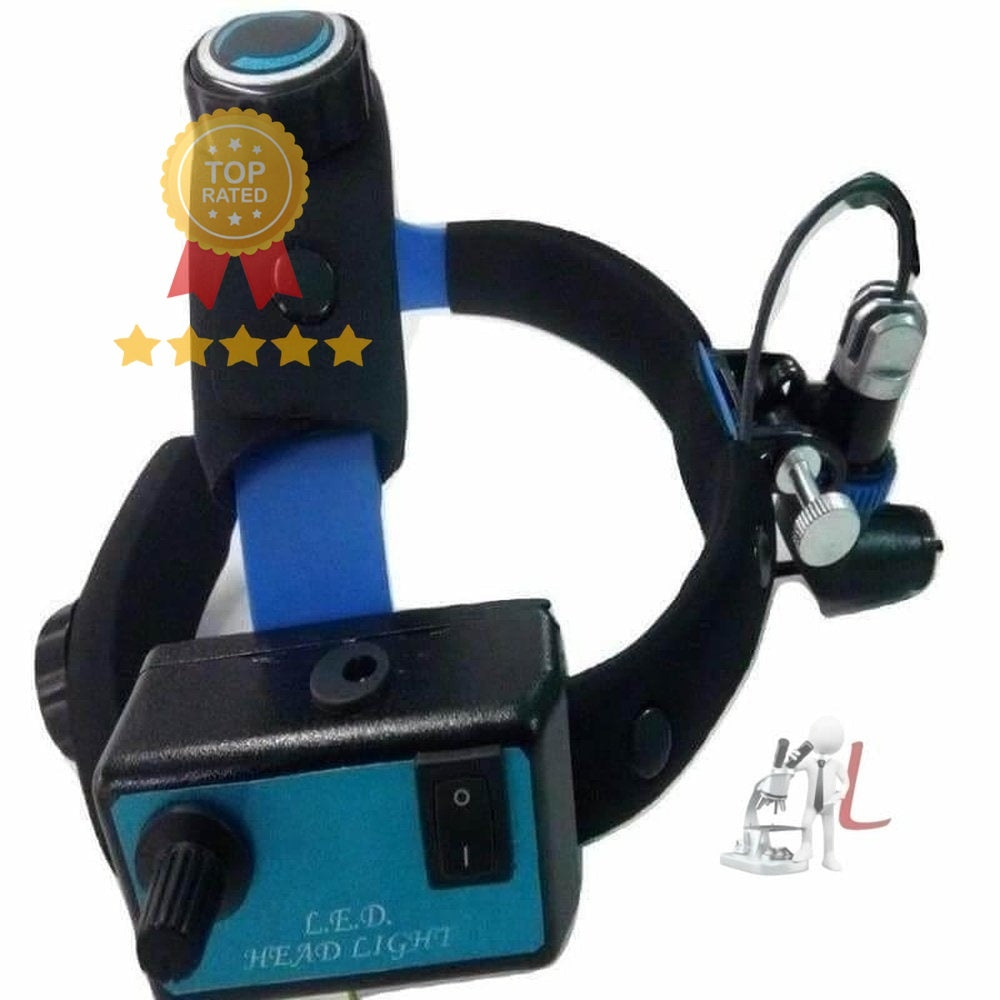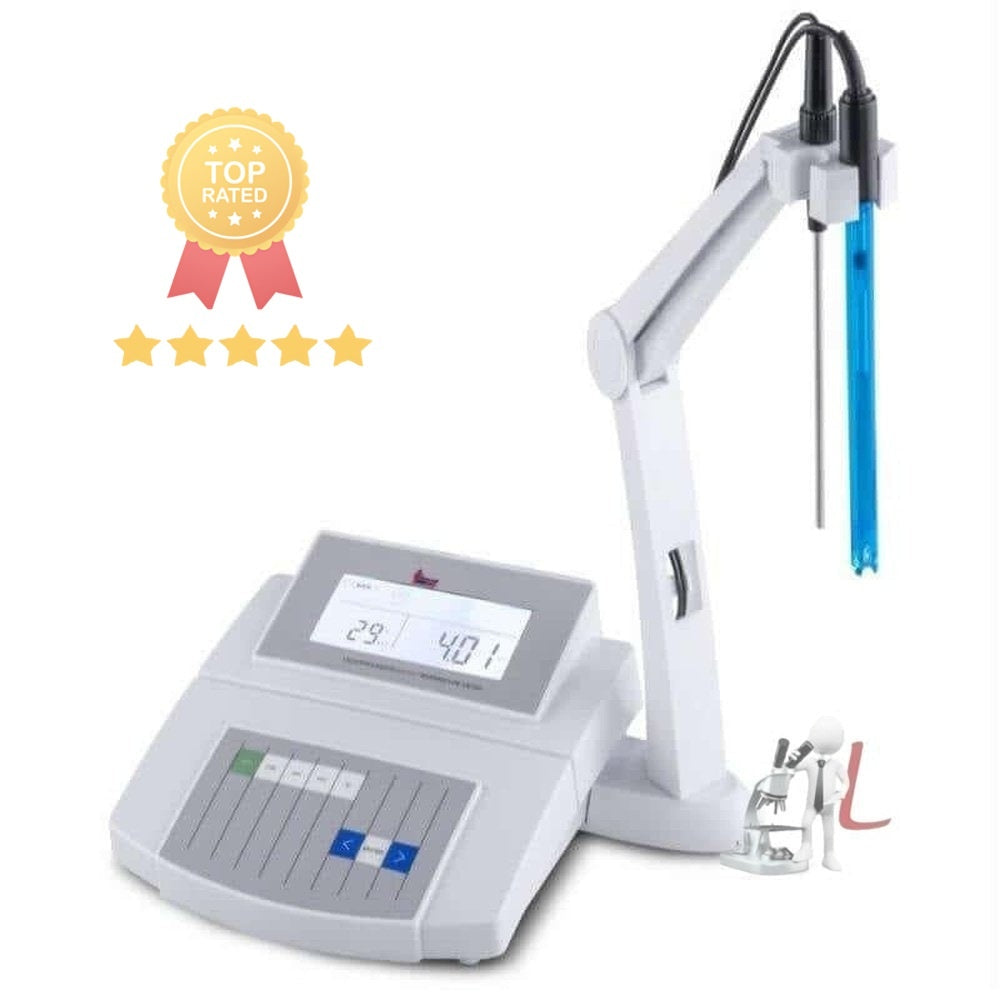Pharmacology Lab Tools: A Comprehensive Overview
Pharmacology lab tools are essential for conducting experiments, research, and analysis within the field of pharmacology. These tools not only facilitate accurate measurements and observations but also ensure safety and precision in various laboratory procedures. Understanding the various pharmacology lab tools available and their applications helps in maximizing efficiency and achieving reliable results.
One of the most fundamental pharmacology lab tools is the microscope. This device allows researchers to observe cellular structures, enabling them to study drug interactions at a micro-level. Depending on the requirements of the experiment, different types of microscopes, including compound microscopes and electron microscopes, are used. These tools are especially crucial for studying the effects of drugs on cells and tissues, making them invaluable in pharmacological research.
Another important category of pharmacology lab tools includes spectrophotometers. These instruments measure the intensity of light as a function of wavelength, and they play a critical role in quantitative analysis. By utilizing spectrophotometers, researchers can determine the concentration of pharmaceuticals in a solution, which is important for dosage calculation and drug formulation.
Balancing scales are also vital pharmacology lab tools. Accurate measurement of chemical compounds is crucial in pharmacology, and therefore, analytical balances are commonly employed. These balances minimize errors in weighing, which can significantly impact experimental outcomes.
Pipettes are widely used pharmacology lab tools for transferring liquid volumes with precision. They come in various sizes and types, including manual and electronic pipettes, which help researchers accurately dispense reagents and samples while preventing contamination.
In addition to these traditional tools, modern pharmacology labs often utilize wet lab equipment and dry lab tools. Wet lab equipment, such as centrifuges and water baths, are essential for experiments that involve liquids, while dry lab tools include computers and software for data analysis and simulations. This combination of tools ensures a comprehensive approach to pharmacological research.
Safety is paramount in pharmacology labs; hence, personal protective equipment (PPE) forms an essential part of the lab tools. Items such as gloves, goggles, and lab coats protect researchers from hazardous substances, highlighting the importance of safety in pharmacological work.
To support the efficient functioning of pharmacology labs, storage solutions like refrigerators and freezers are often required for the preservation of sensitive compounds and samples. Proper storage conditions may directly influence the stability and efficacy of pharmacological agents being studied.
Furthermore, pharmacology lab tools include data analysis software, which plays a critical role in interpreting experimental results. These programs offer robust statistical tools and graphical representations that help researchers visualize data trends and make informed conclusions.
In recent times, the integration of robotics and automation into pharmacology lab tools has revolutionized the way experiments are conducted. Automated liquid handling systems, for instance, enhance throughput and reduce human error, allowing labs to process more samples in less time.
This overview of pharmacology lab tools encompasses a wide range of instruments and equipment that are fundamental to the field. Each tool, whether traditional or modern, contributes uniquely to the research and development of pharmaceuticals. By utilizing these tools effectively, researchers in pharmacology can advance knowledge and enhance the safety and efficacy of medications for patient care.
To summarize, understanding and utilizing the correct pharmacology lab tools is essential for successful research and experimentation in pharmacology. These tools not only aid in precision and accuracy but also ensure safety within the laboratory environment, thereby supporting the advancement of medical science and the development of effective treatments. Researchers must stay updated on the latest advancements in pharmacology lab tools to continue enhancing their research capabilities and outcomes.
Filter
Sort by

